When renovating a bathroom, one of the questions that arises is whether to install flooring under a freestanding tub. Knowing the correct installation order and best practices can save you time, money and potential damage to your bathroom flooring. This article will cover everything you need to know about installing flooring with a freestanding tub, enabling you to create a beautiful and functional bathroom space.
Do You Put Flooring Under a Freestanding Tub?
The short answer is yes, you should install bathroom flooring under a freestanding tub. Unlike alcove bathtubs, which are installed first and then surrounded by flooring and walls, freestanding tubs require the floor to be completed first. This ensures a level surface and protects your floor from water damage and stains. Our article on "can you put a freestanding bath in any bathroom?" also touches on this.
Why Install Flooring First?
Protection and Durability
Installing new flooring before the freestanding bathtub protects the floor during the installation process. Heavy tubs can scratch or crack unfinished flooring if placed directly on it. Bathroom flooring materials, such as tiles, vinyl, or stone, provide a durable and water-resistant surface that’s essential for areas exposed to water flow and moisture.

Plumbing and Drainage Access
With the floor done first, plumbers have easier access to the subfloor and plumbing connections. This is crucial for aligning the tub’s drain and water supply correctly, ensuring a leak free connection and smooth water flow. Proper installation reduces the risk of future plumbing issues.
Aesthetic and Placement Flexibility
Completing the flooring first allows you to see the overall look of your bathroom. You can then place the freestanding tub wherever you want, creating a seamless integration with your bathroom flooring and surrounding fixtures. This also avoids gaps or cracks where debris or moisture can accumulate.
What Flooring Materials Work Under a Freestanding Tub?
When choosing bathroom flooring to install under a freestanding bath, consider materials that are water resistant and durable:

-
Tiles: Ceramic or porcelain tiles are popular choices because they’re durable and low maintenance. Shower tiles can be extended around the tub area for a cohesive look.
-
Vinyl: Luxury vinyl tiles or sheets are waterproof and soft underfoot.
-
Stone: Natural stone flooring adds a luxurious touch but requires sealing to prevent stains.
-
Waterproof Laminate: Some laminates are designed for use in wet areas, but ensure they’re rated for bathroom use.
Avoid materials like carpet or untreated wood, which can absorb moisture and damage.
Installation Tips for Freestanding Tubs and Flooring
-
Make sure your bathroom floor is level before installing flooring to prevent the tub from wobbling.
-
Use adjustable feet on your freestanding tub to accommodate minor floor unevenness.
-
Seal the edges where the tub meets the floor with silicone caulk to prevent water seepage.
-
Coordinate with your plumber to align plumbing fixtures and the drain connection before finalising placement.
-
Consider installing a removable faucet or freestanding shower bath if your design includes a shower/tub combo, for added functionality.
Compared to Alcove and Corner Bathtubs
Unlike freestanding tubs, alcove and corner bathtubs are installed first because they need to be flush with walls and surrounding flooring. Standard bathtubs are recessed, so installing them first helps to ensure a tight fit and better protection against moisture and debris in cracks.

Additional Considerations
-
Space: Freestanding tubs take up more space than alcove tubs, so make sure your bathroom layout can accommodate this. Our article on short freestanding baths might be helpful.
-
Plumbing: Water supply and drain pipes may need to be repositioned to suit tub placement.
-
Protection: Use protective blankets during installation to prevent scratches on your new flooring.
-
Personal Preferences: Your choice of tub style, flooring and fixtures should reflect your lifestyle and aesthetic preferences. Our post on luxury bathroom ideas can provide some inspiration.
Conclusion
Do you put flooring under a freestanding tub? Yes. Installing bathroom flooring before the freestanding bathtub is the best practice to protect your floor, ensure proper plumbing and create a luxurious and functional bathroom space. Whether you choose tiles, vinyl or stone, completing your flooring first sets the foundation for your freestanding bath and overall bathroom design work with your plumber and flooring specialist to get it all done, and you’ll be soaking in relaxation in no time!


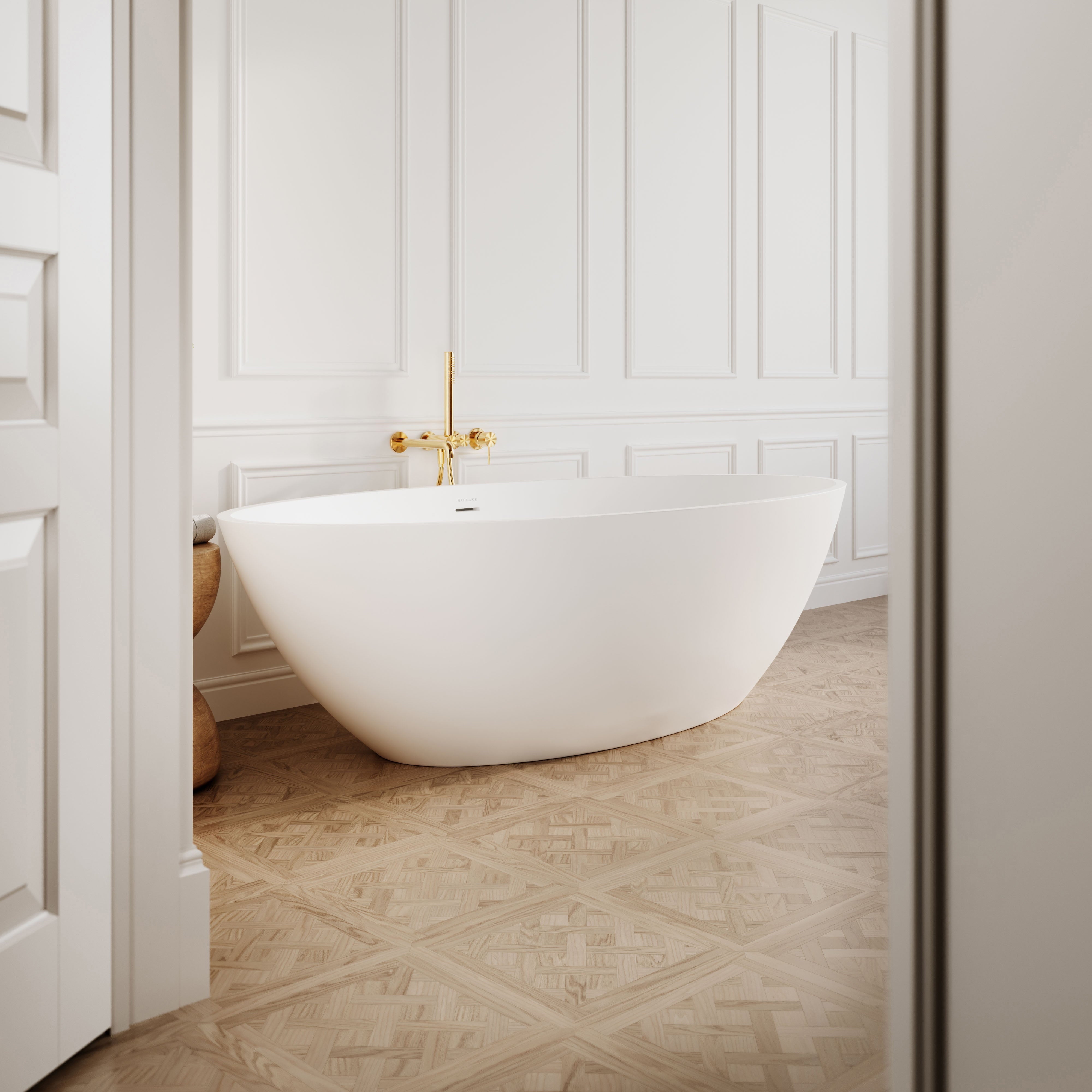
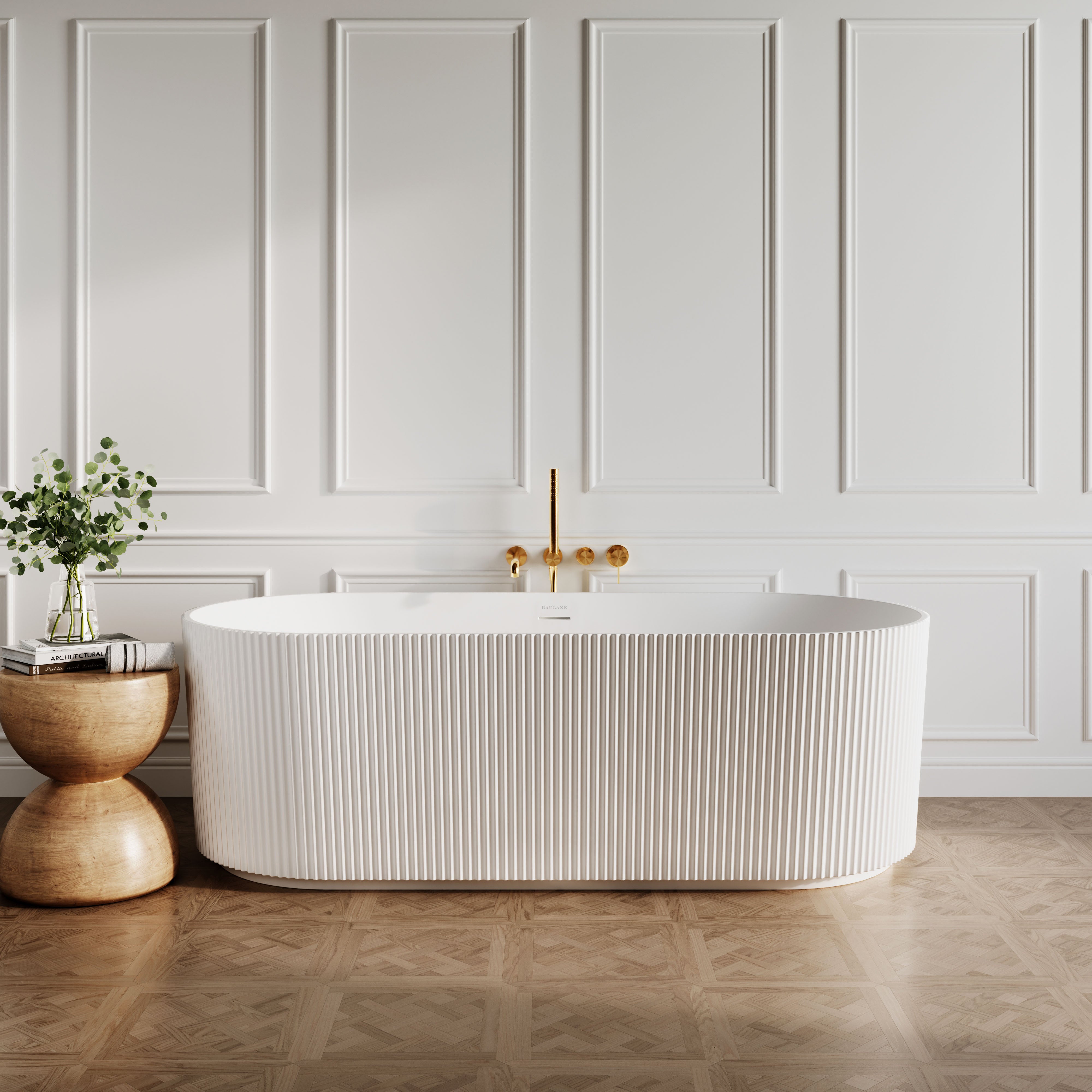
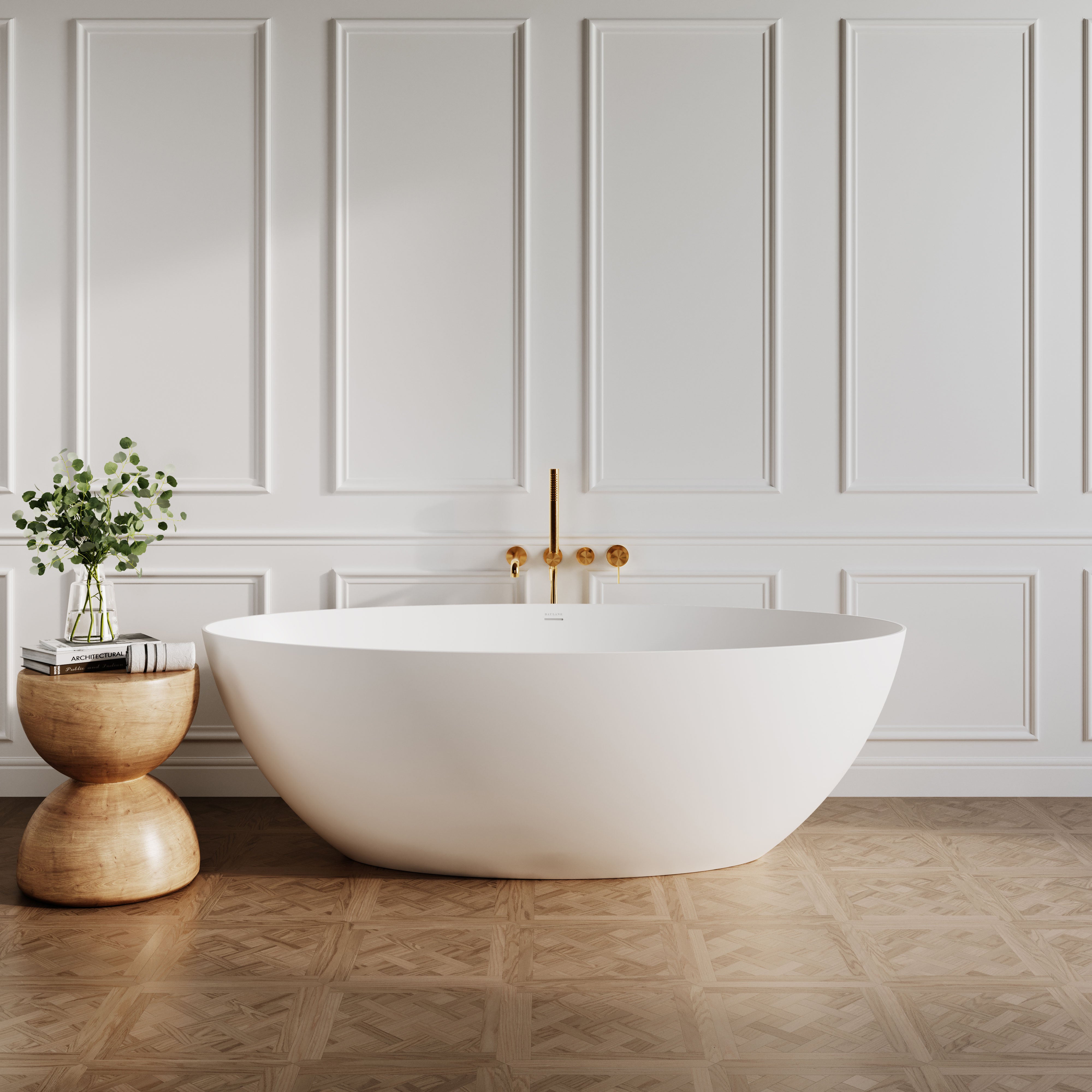
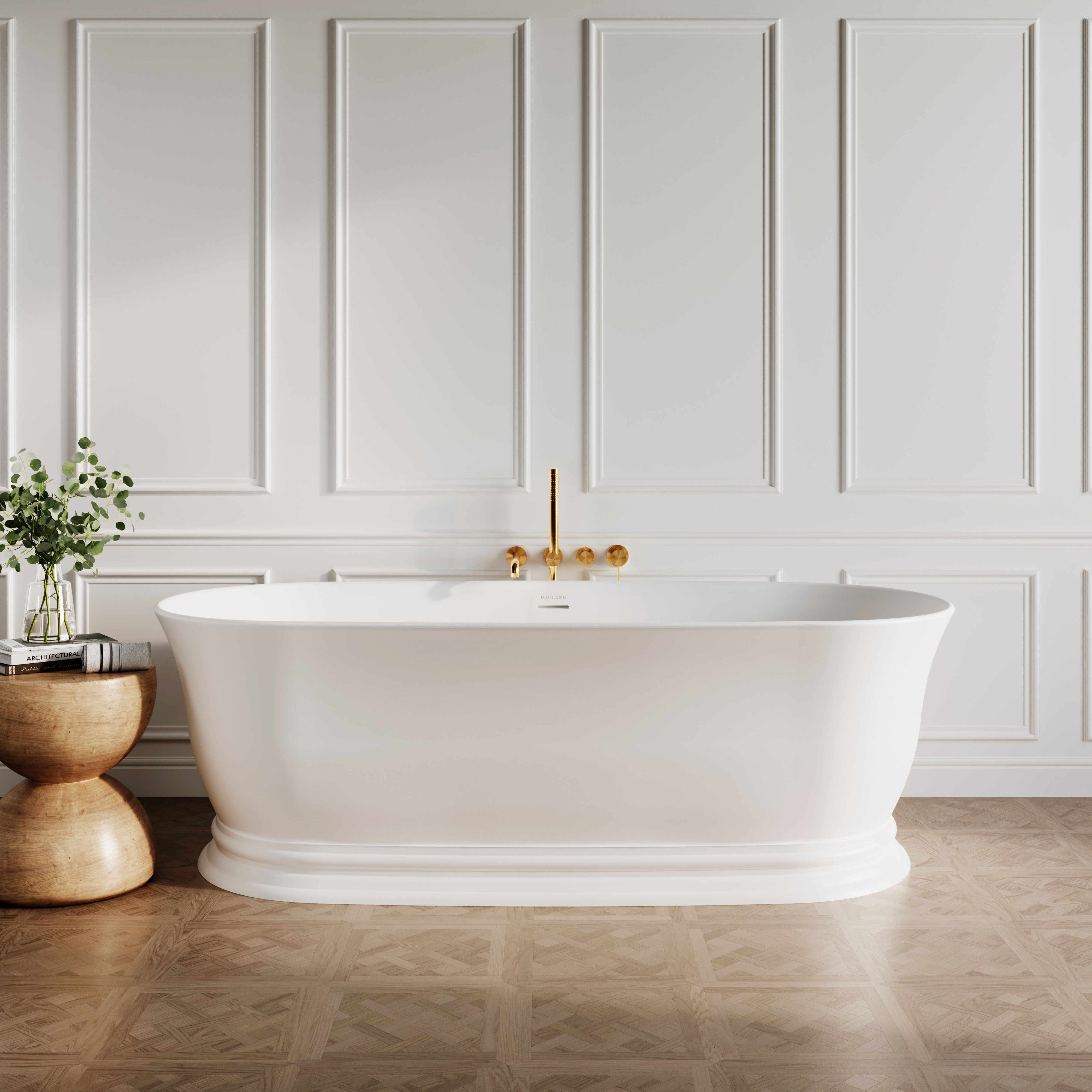
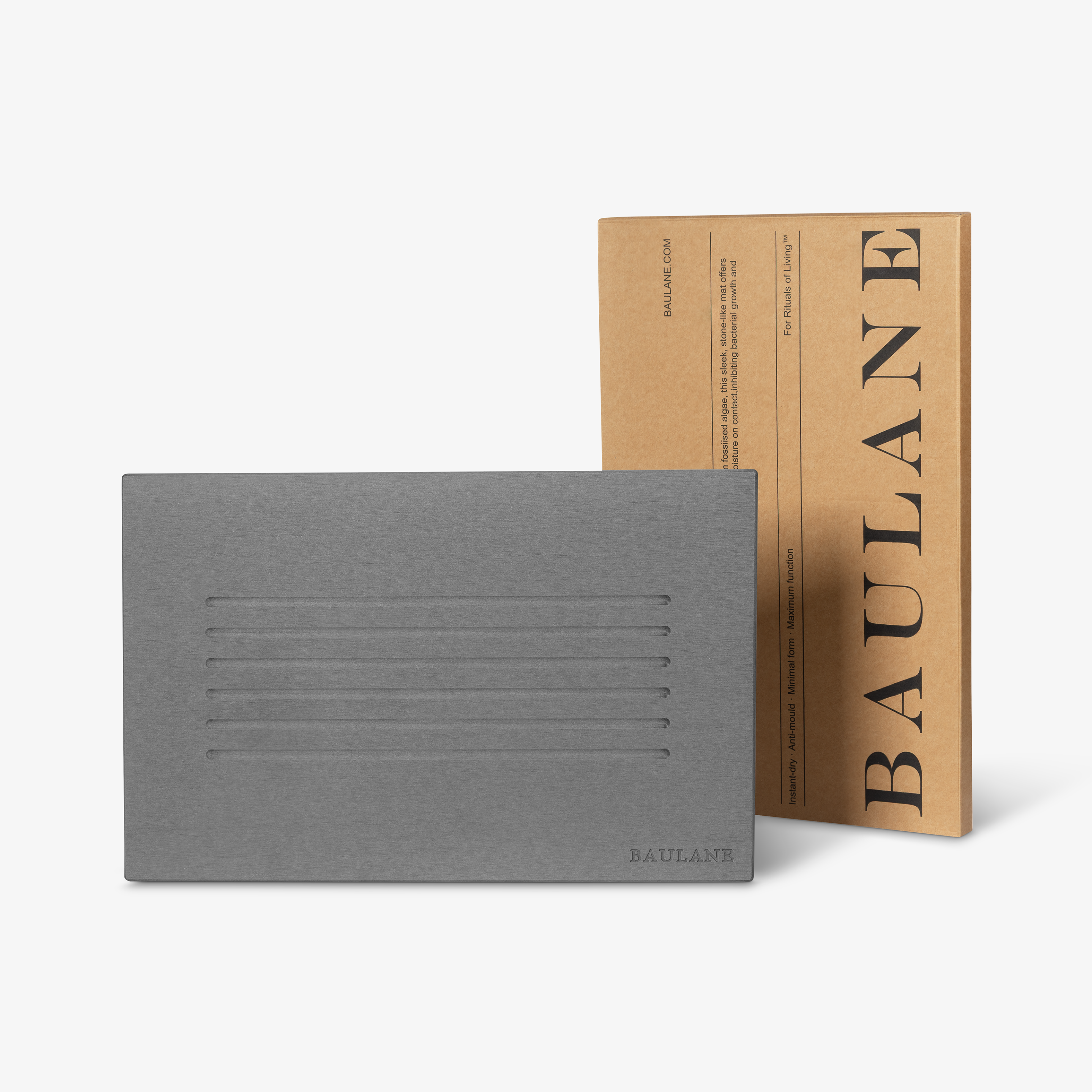
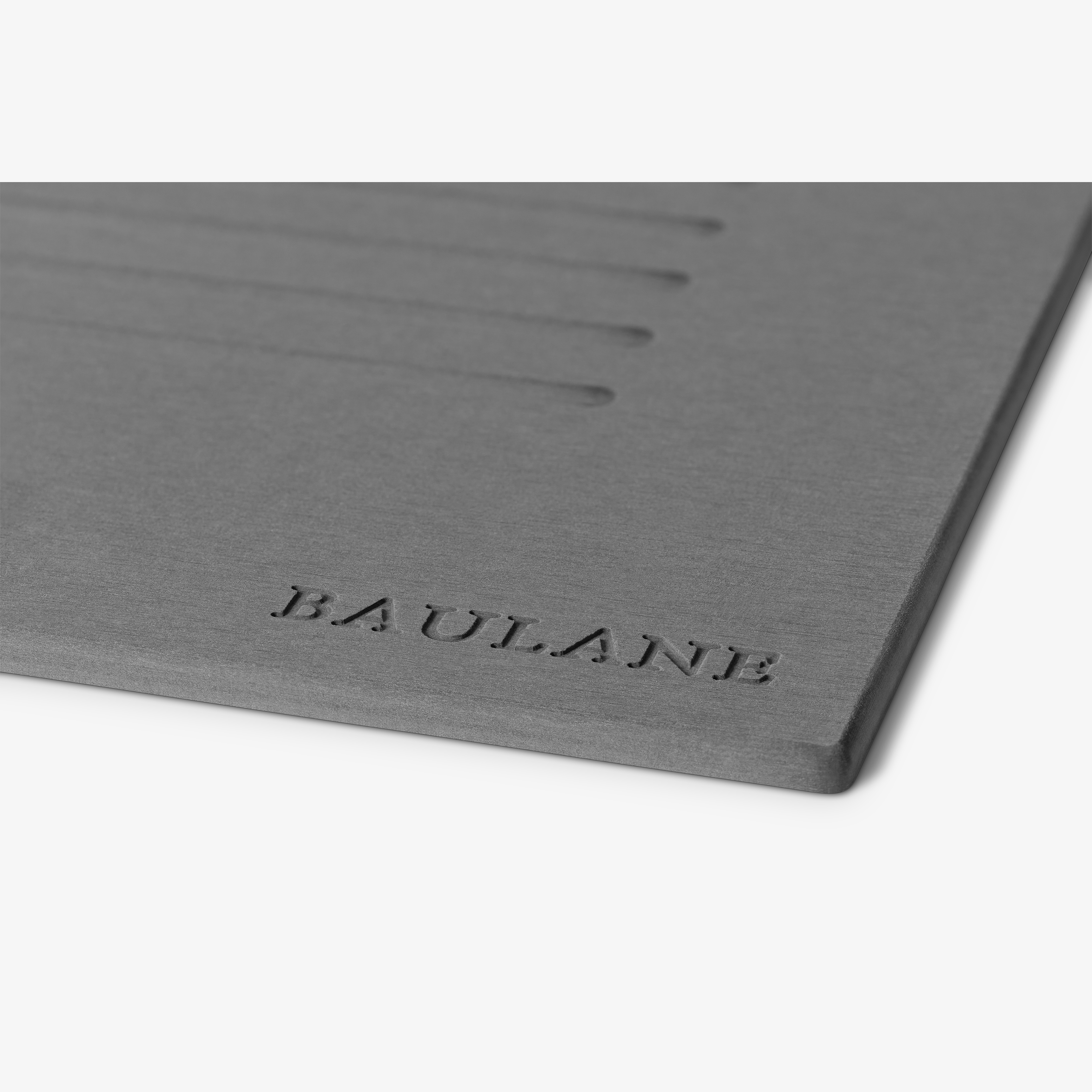
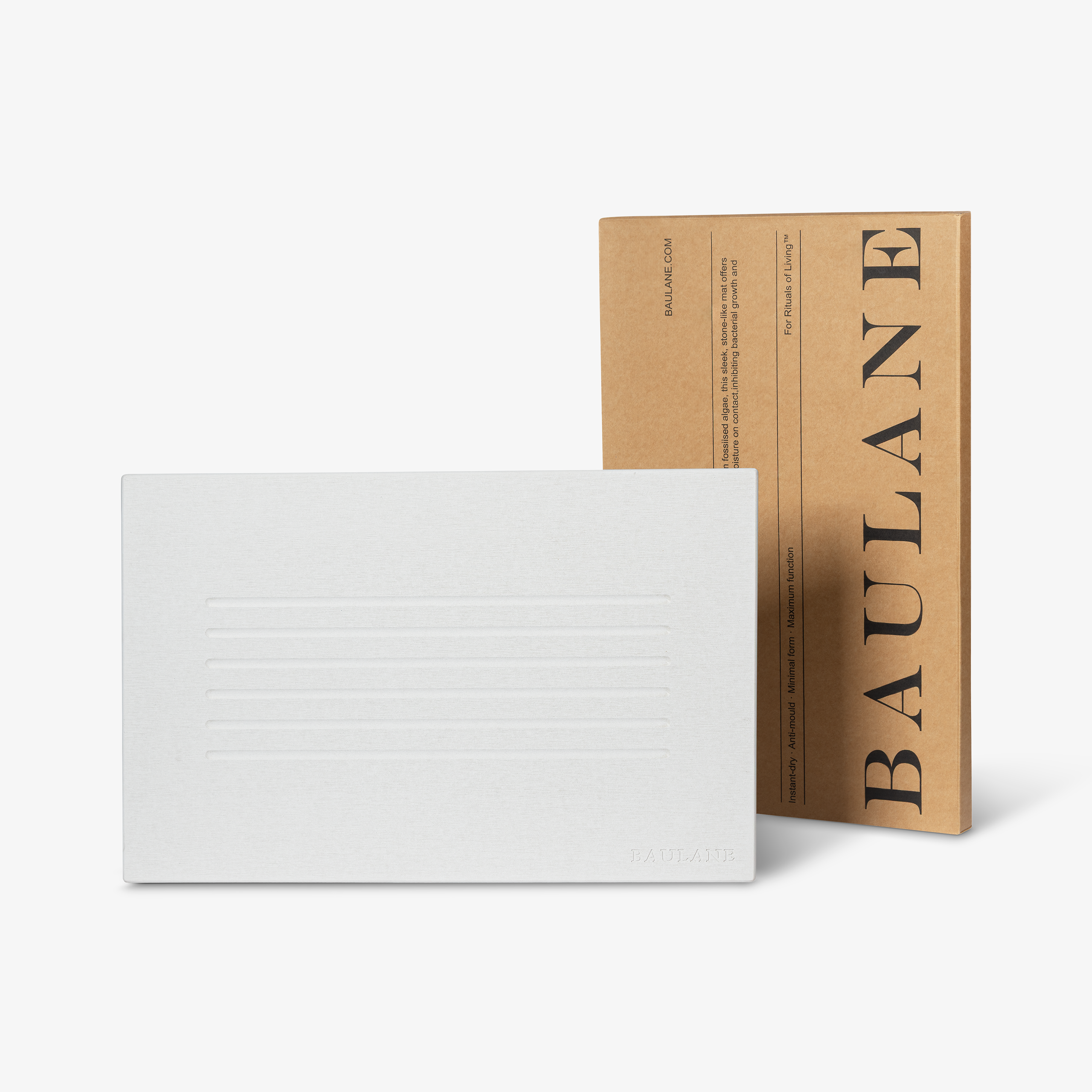
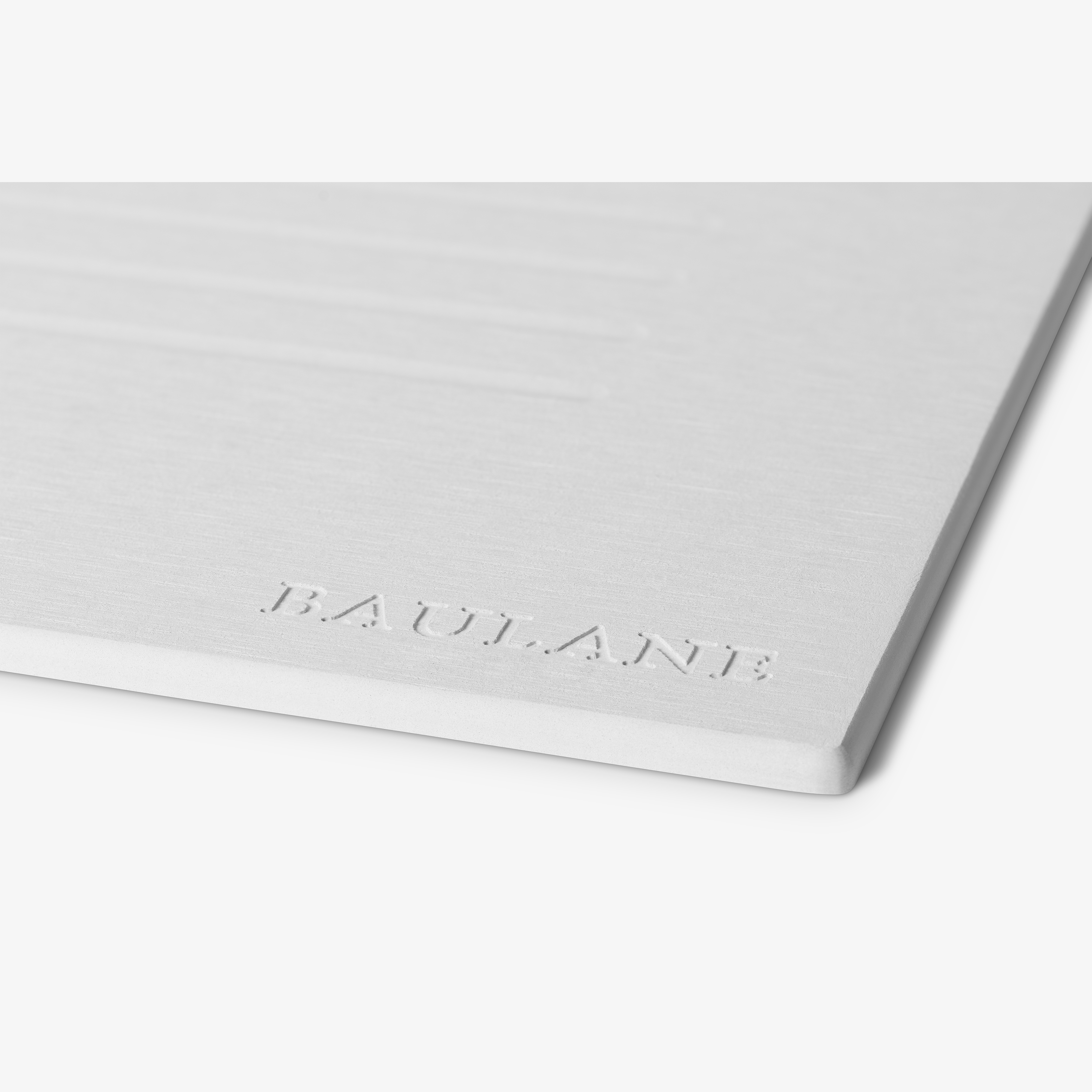

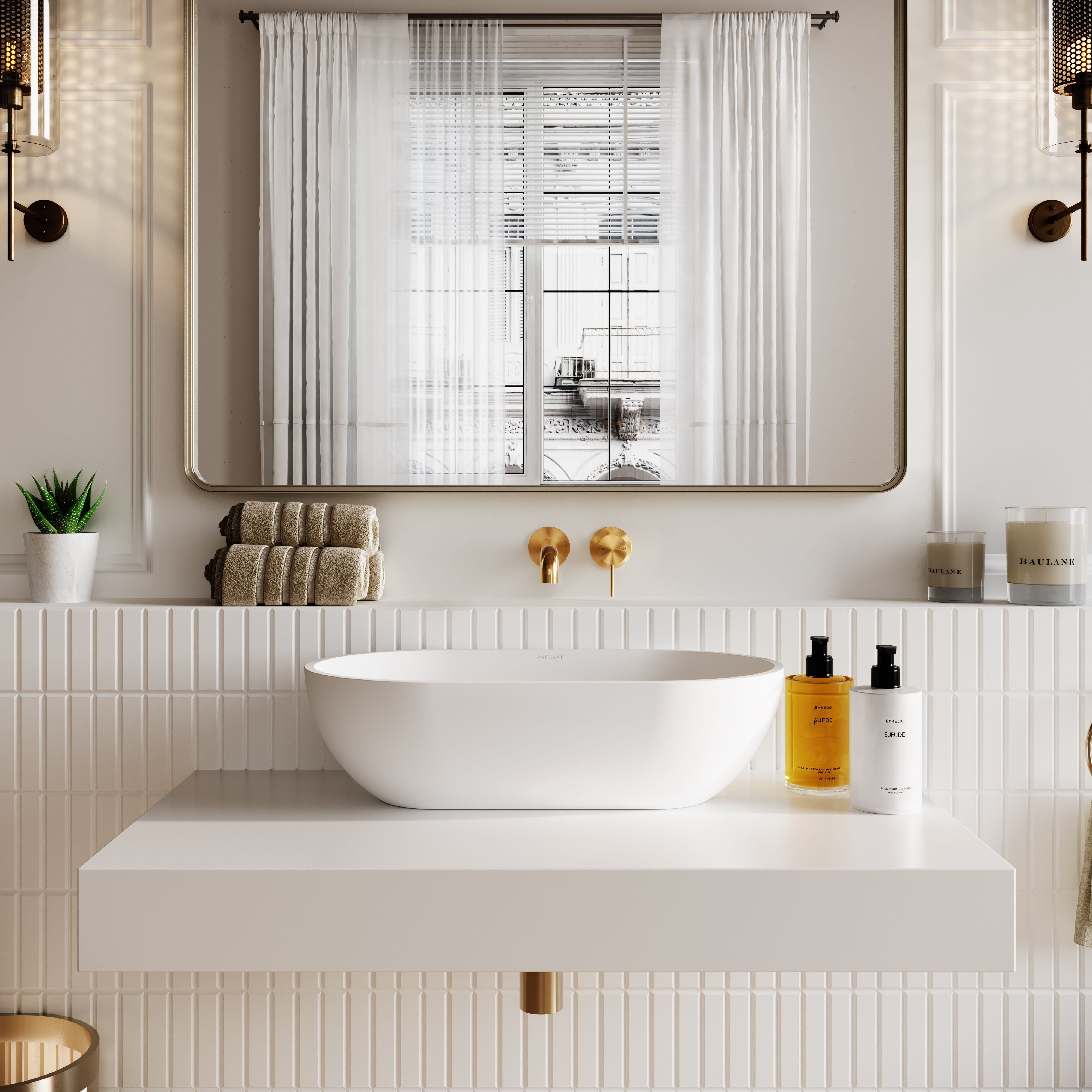

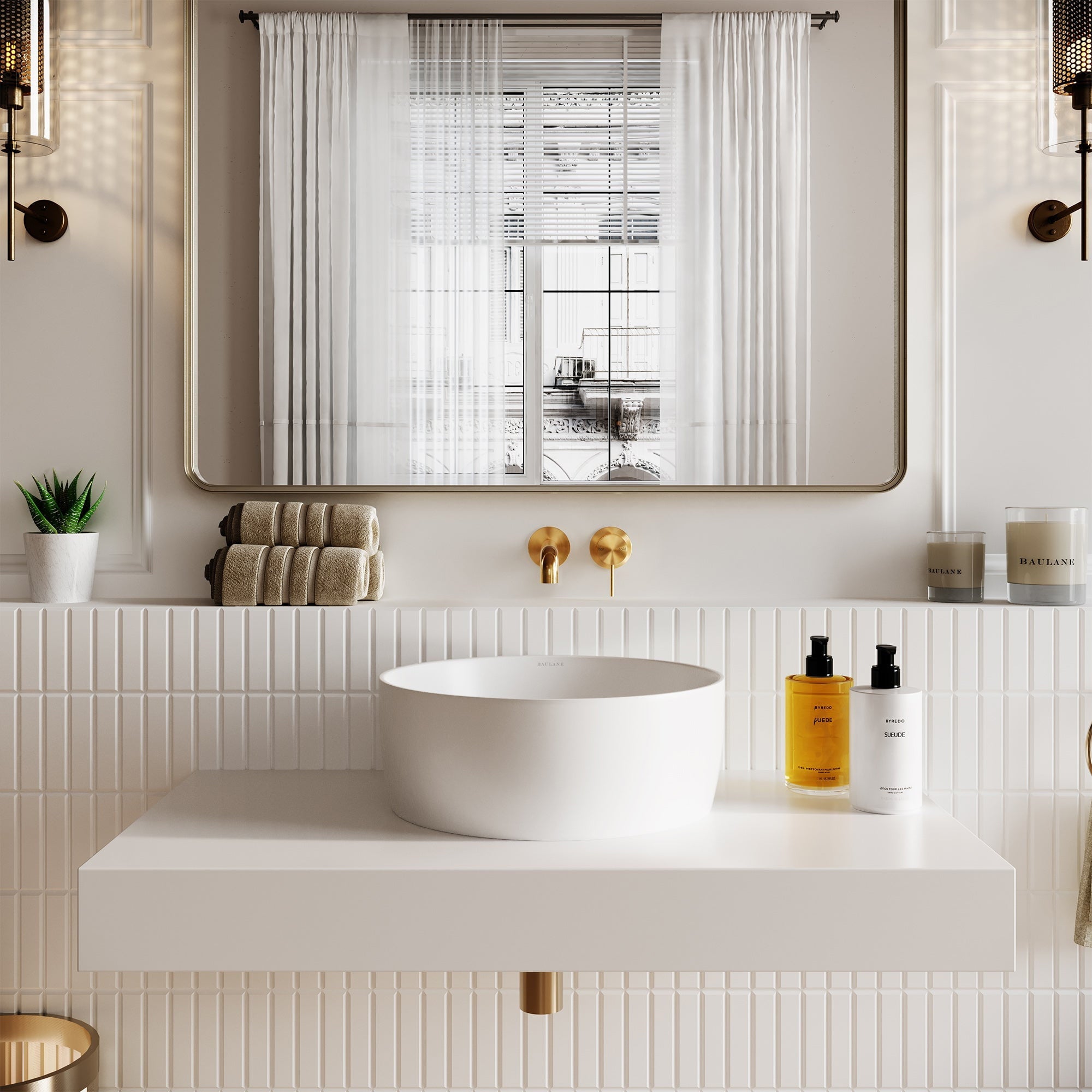
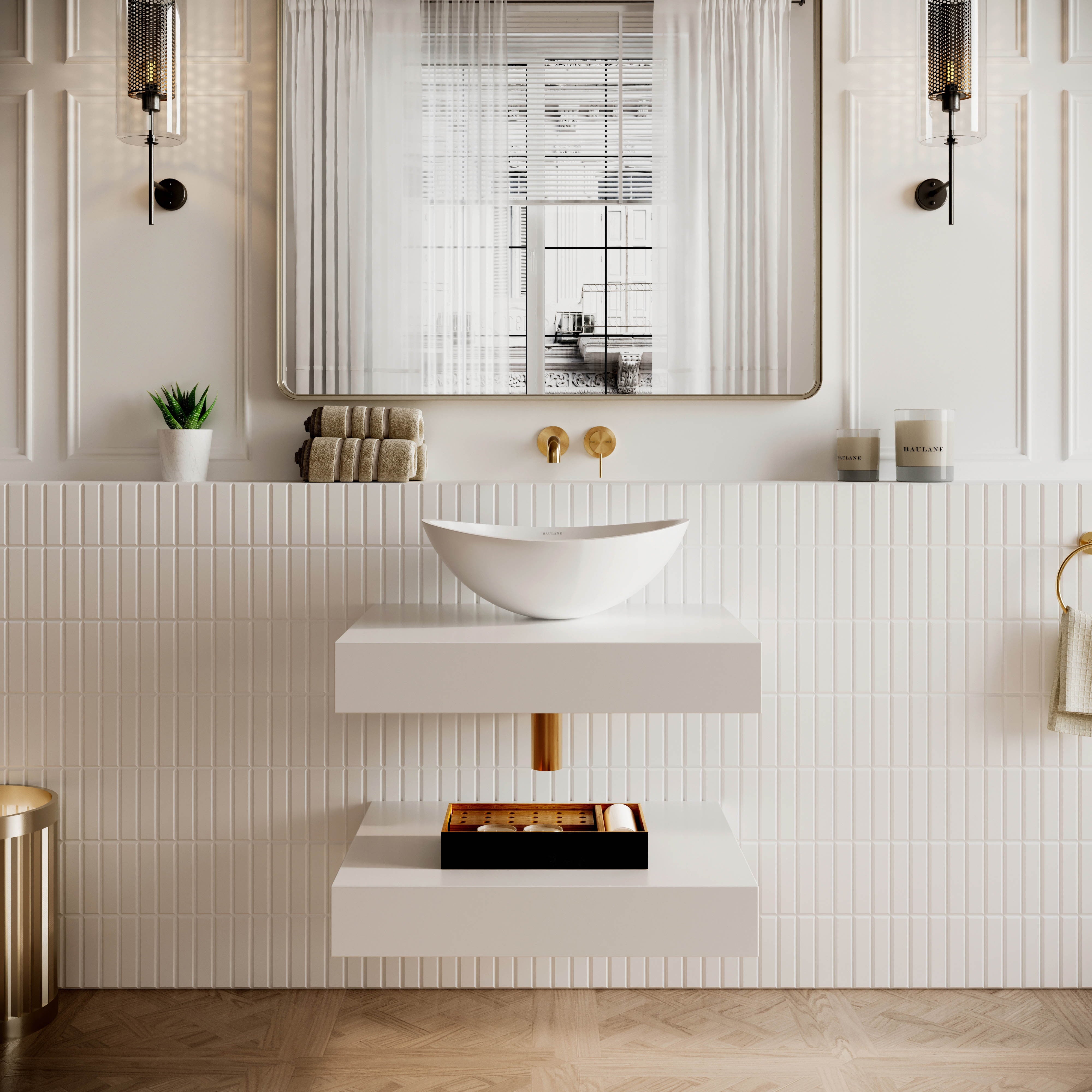
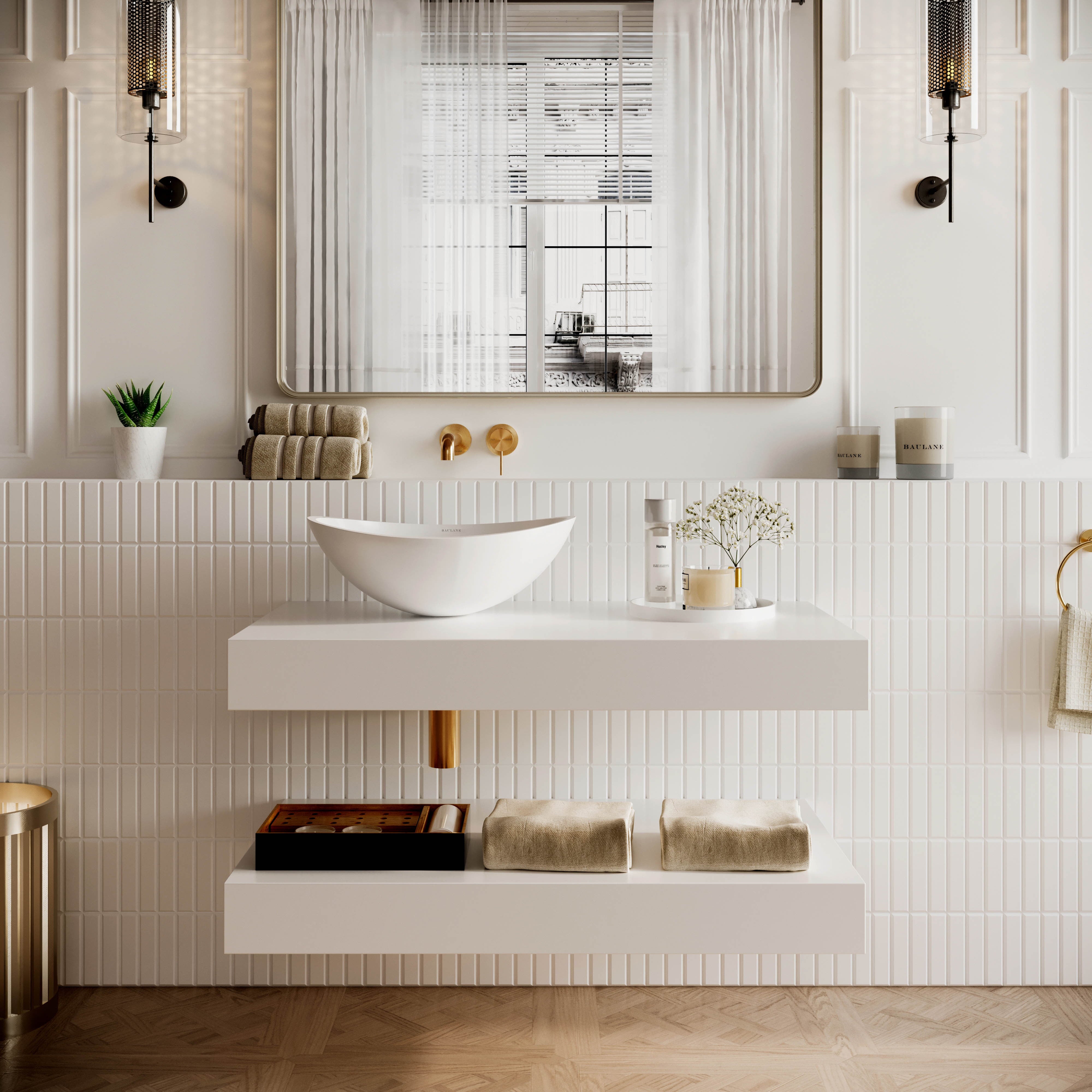
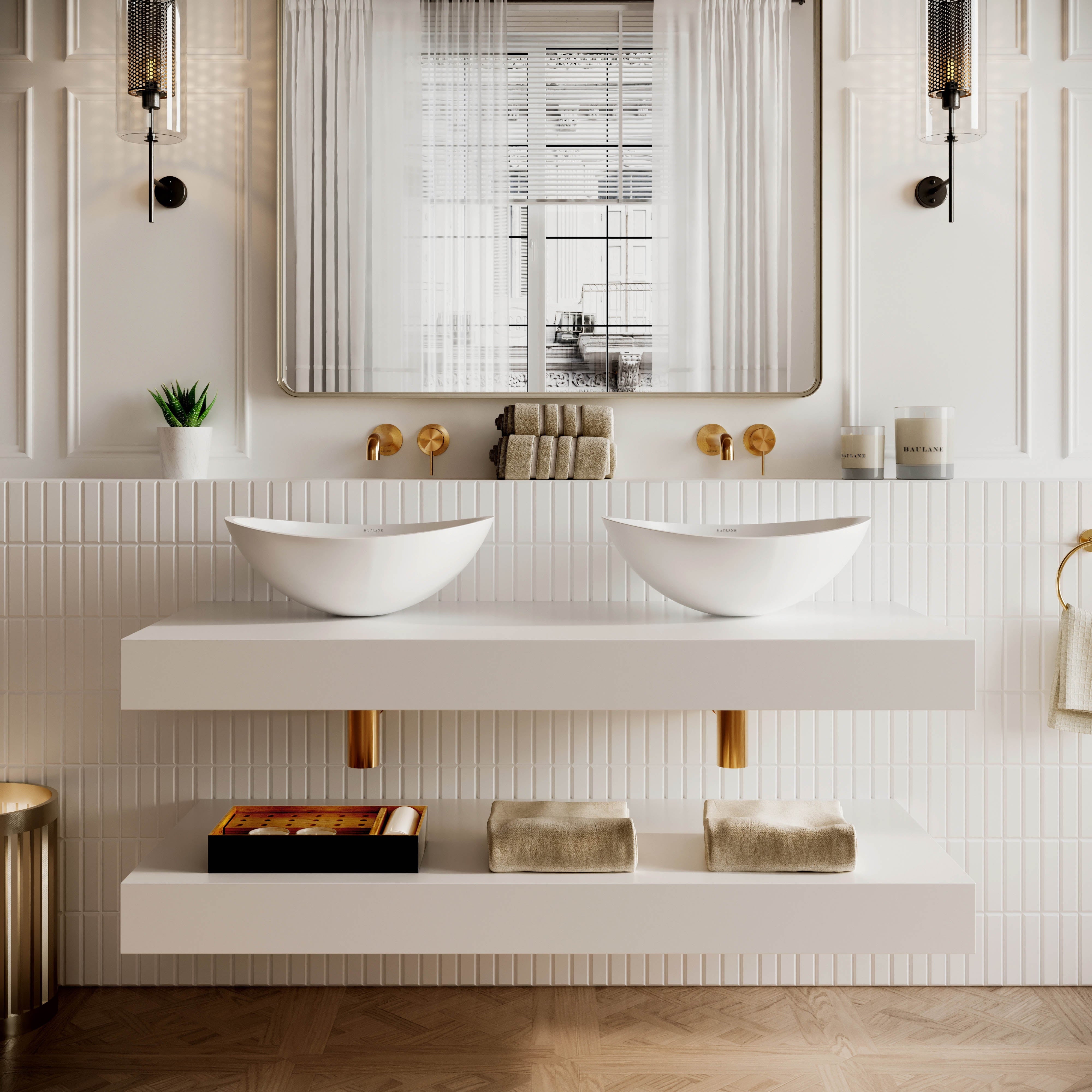
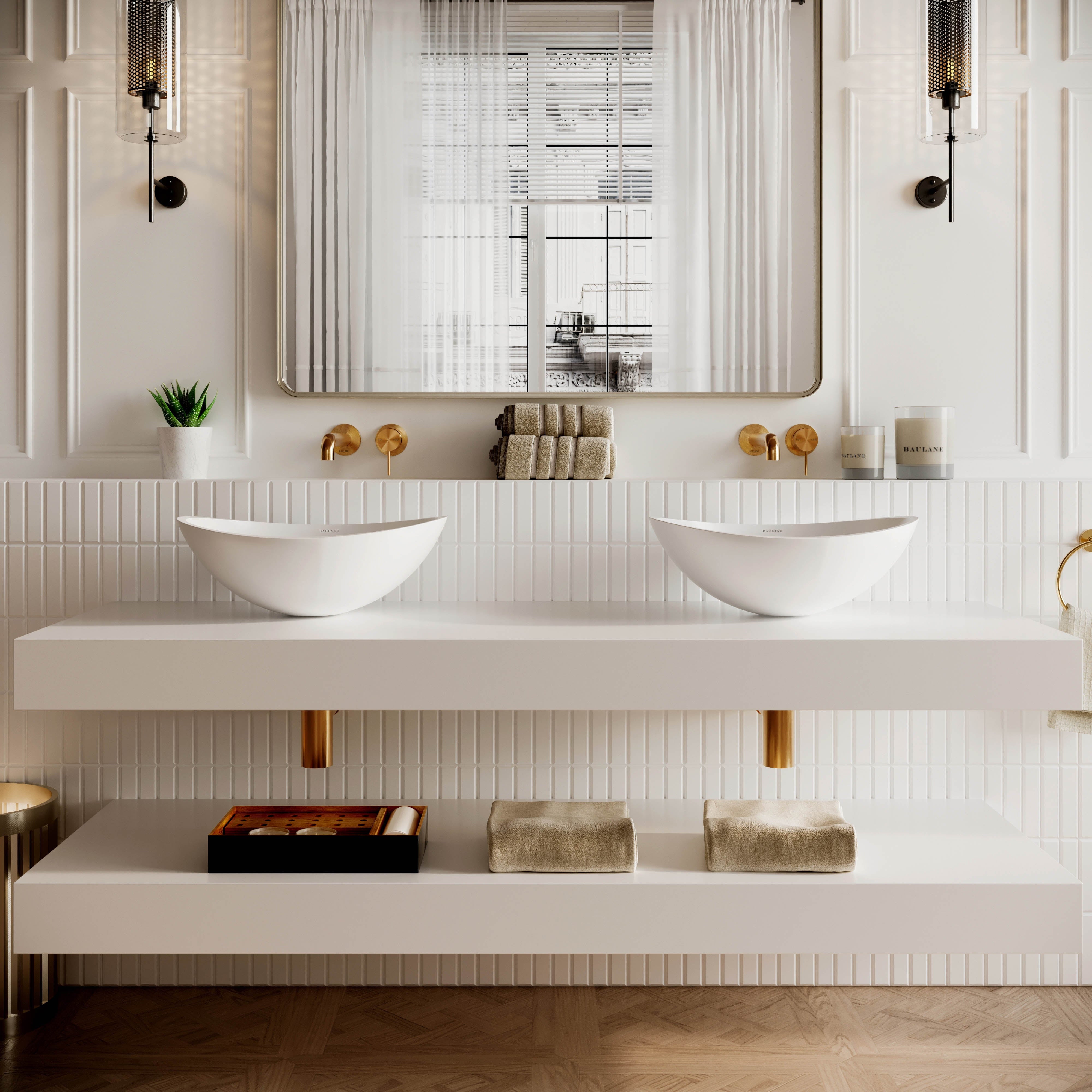
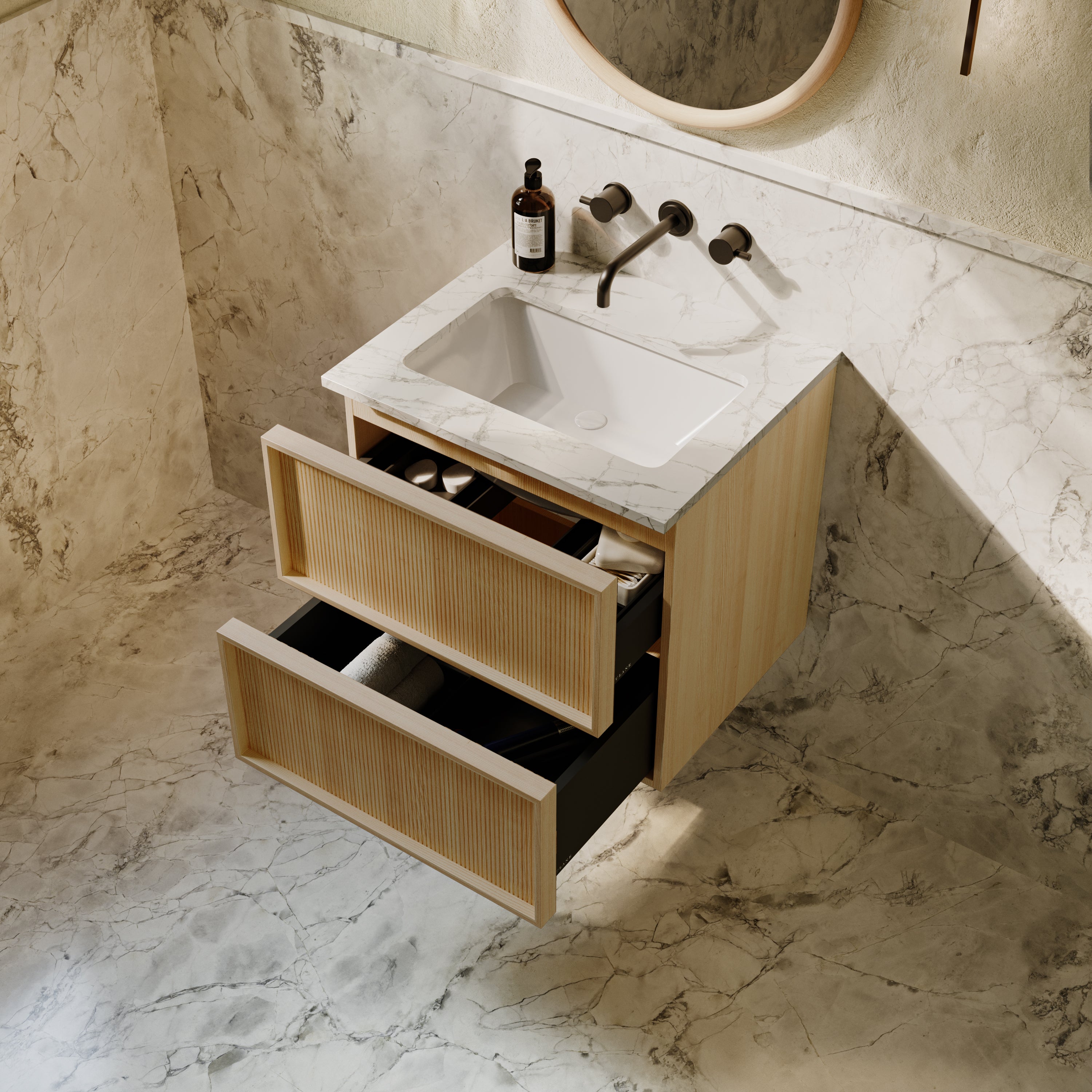
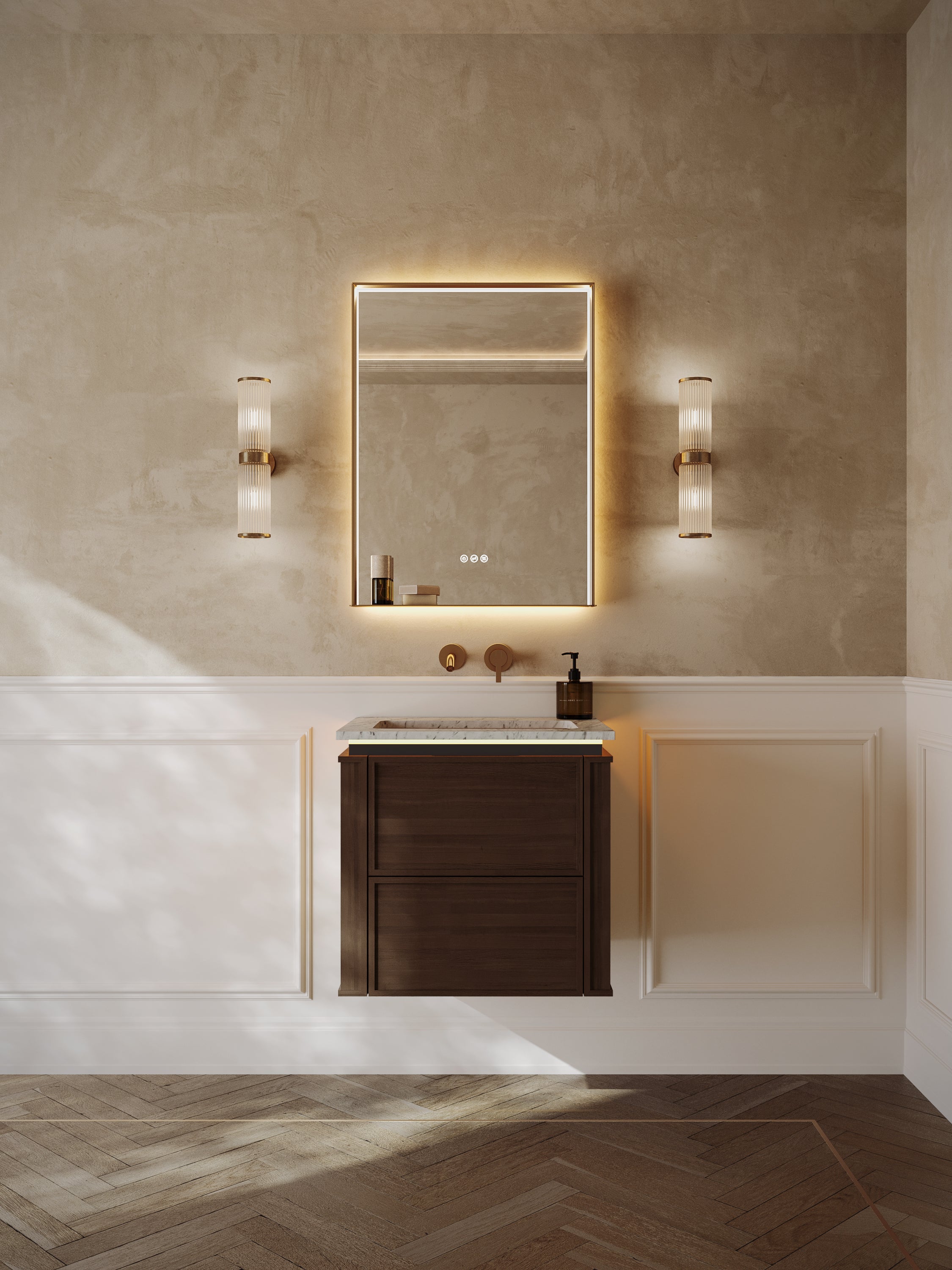
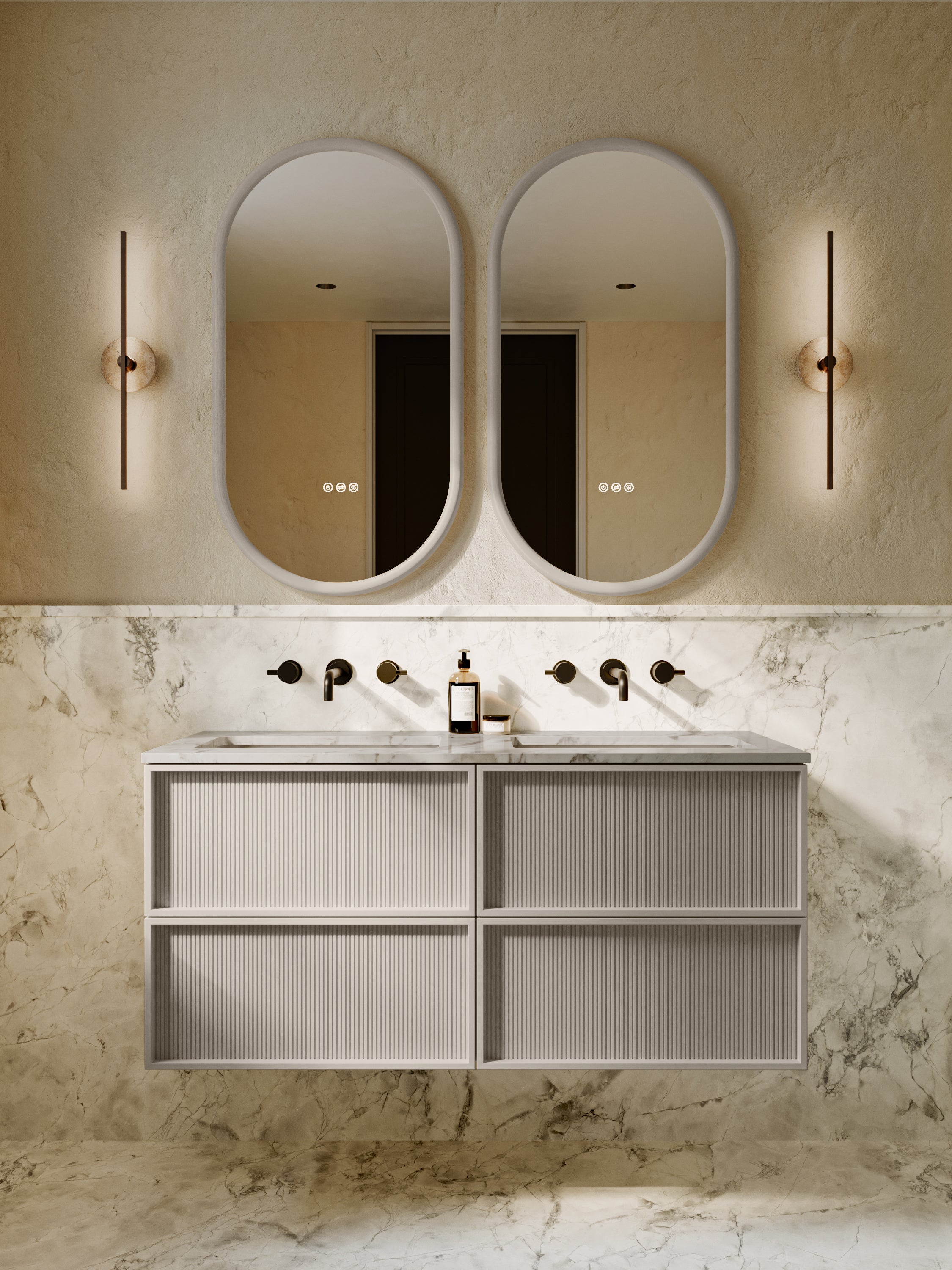
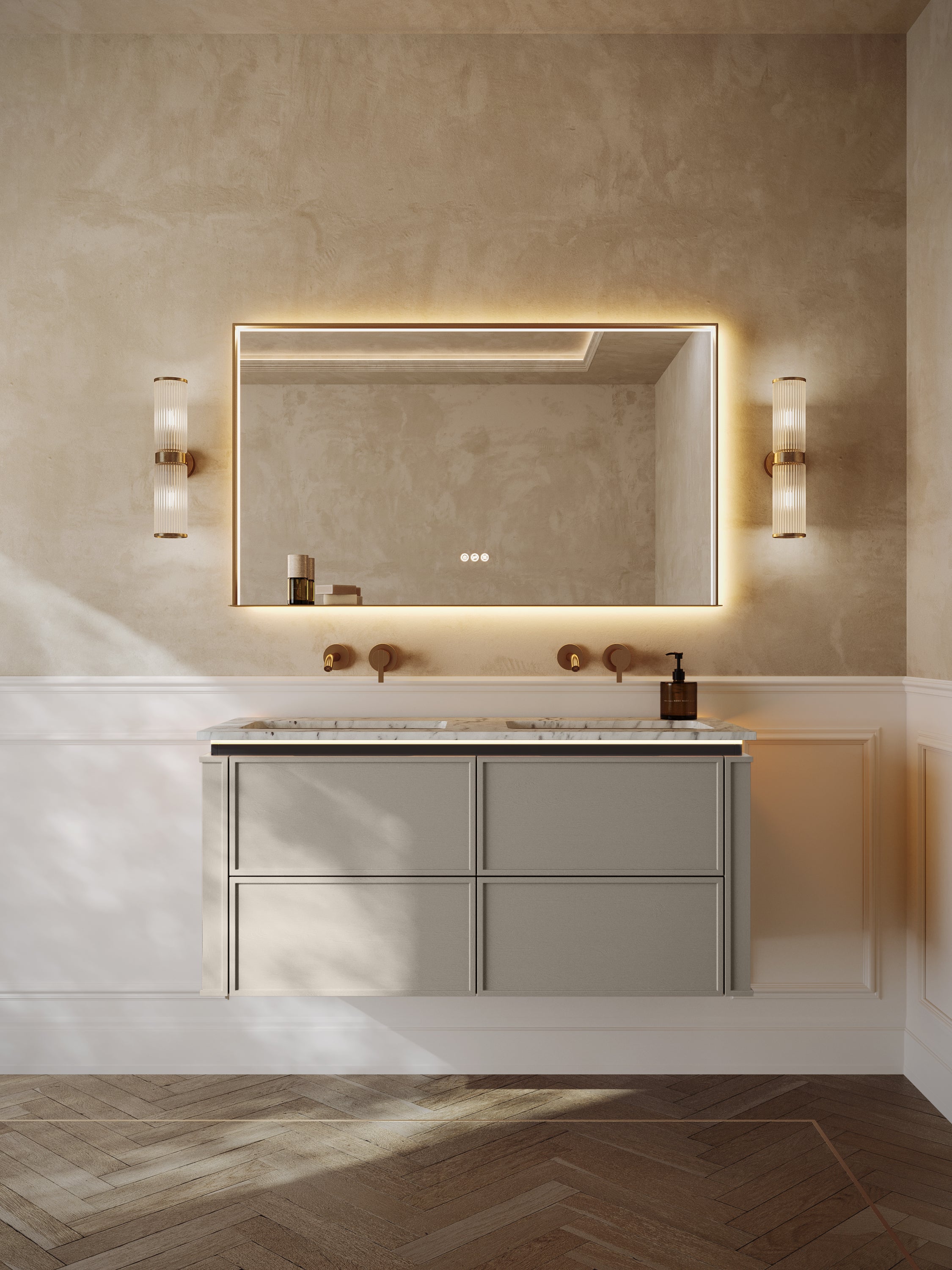
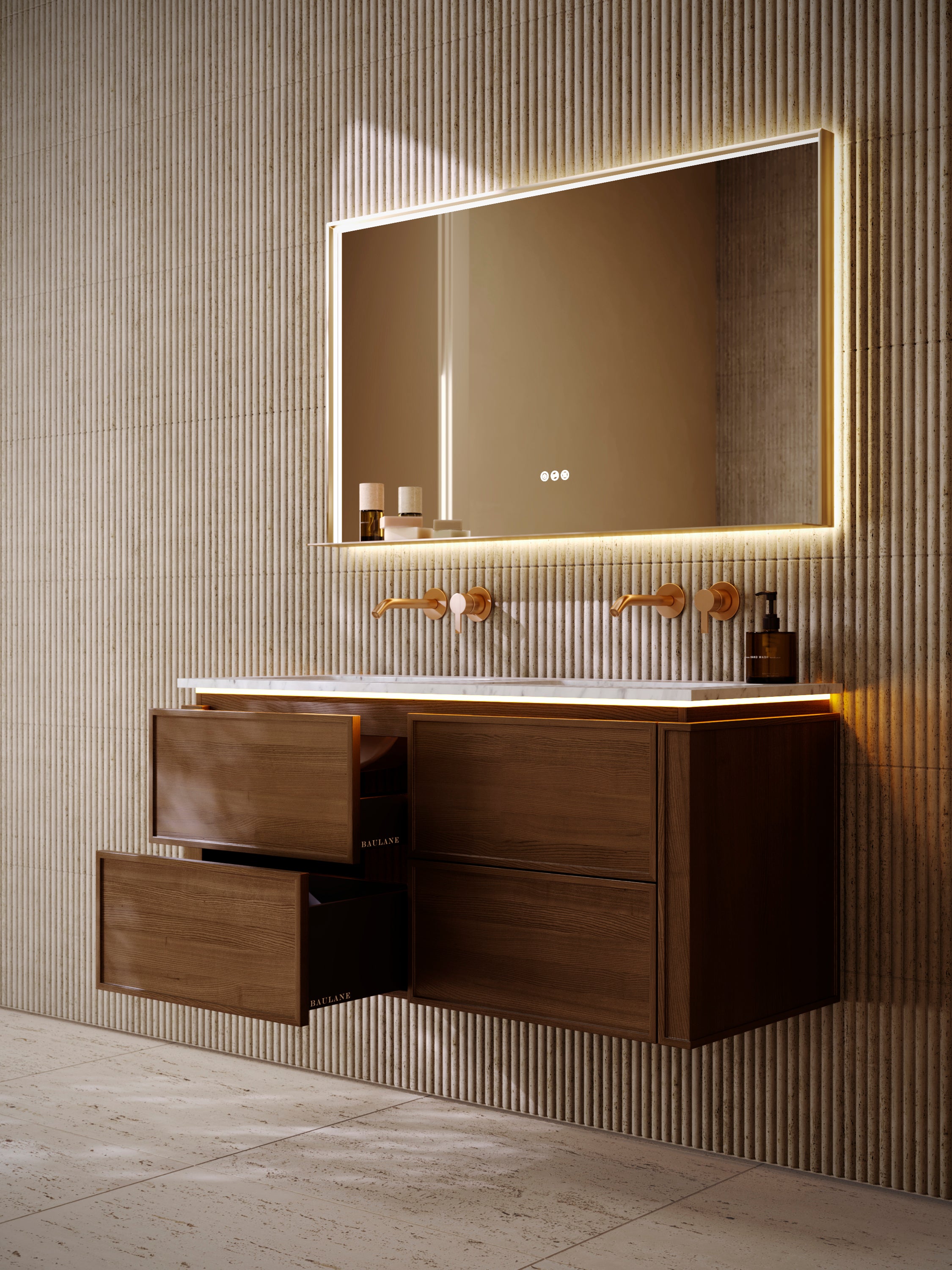
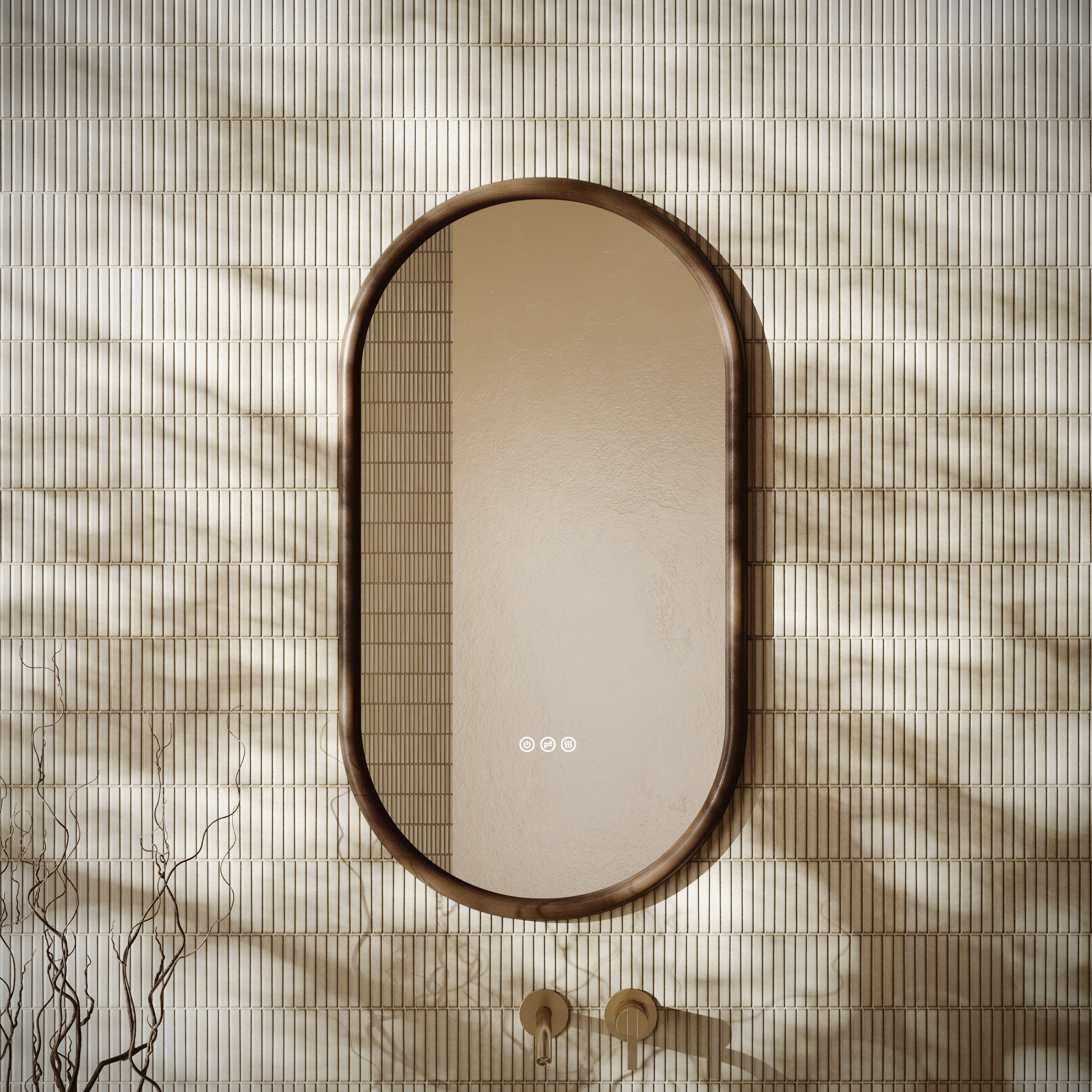
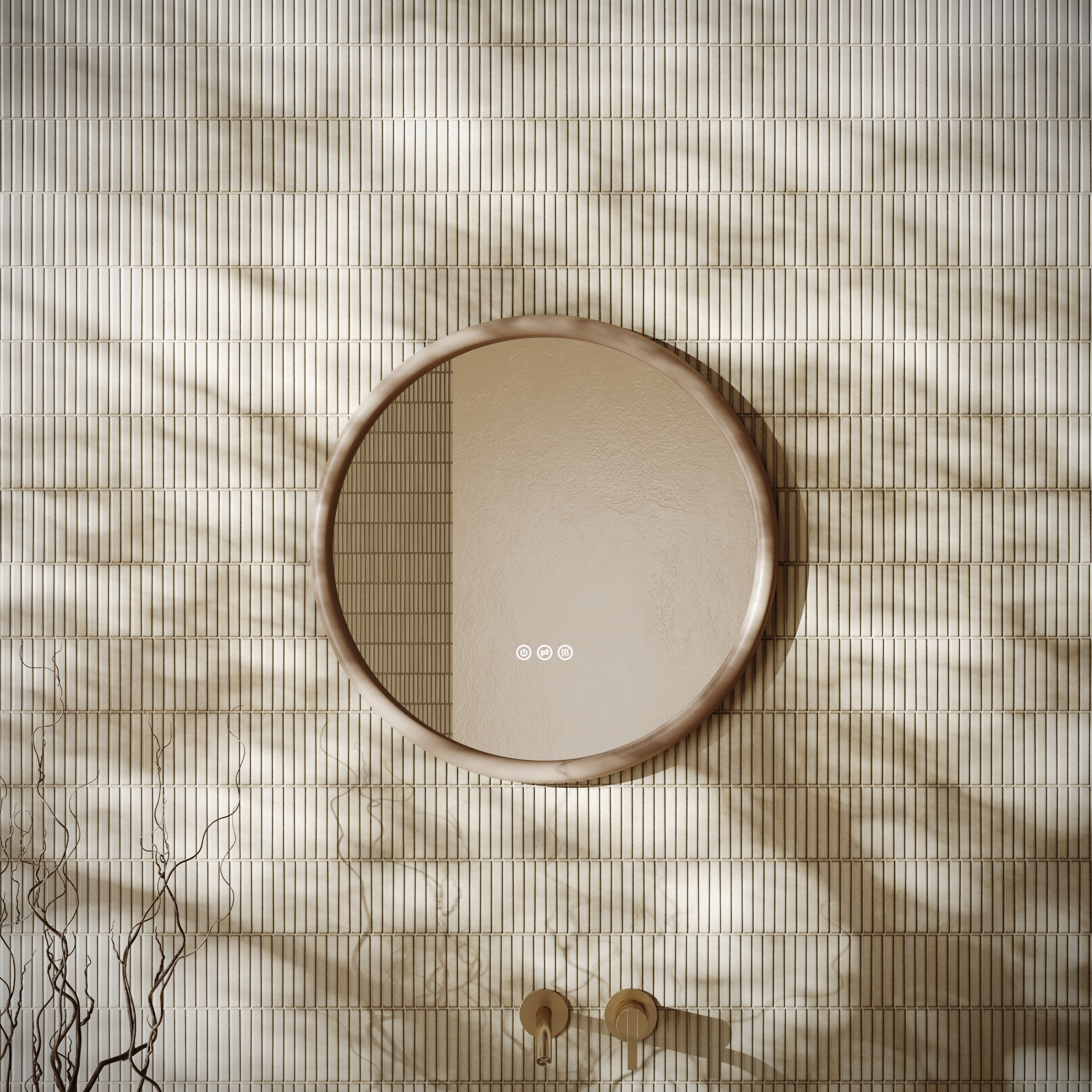
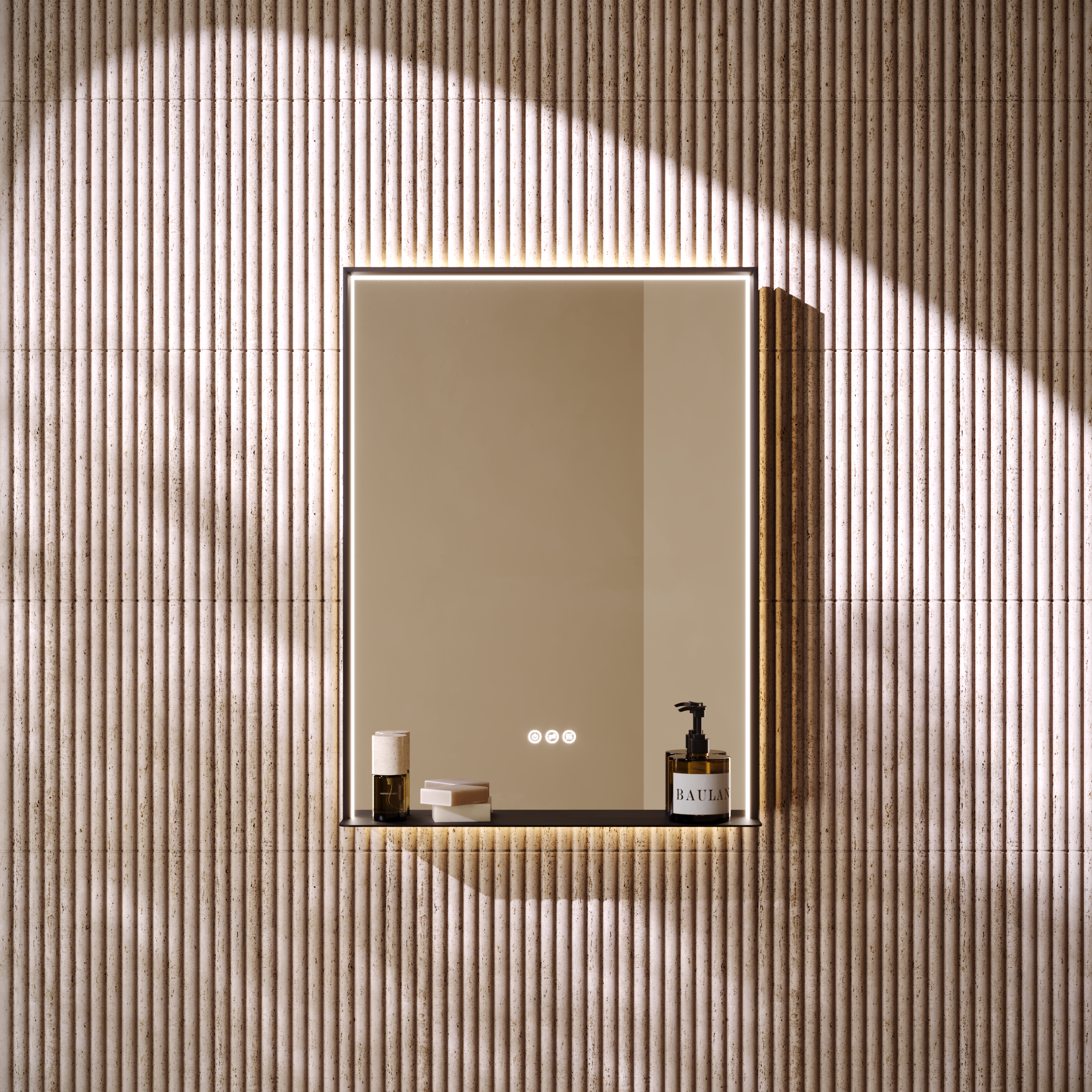
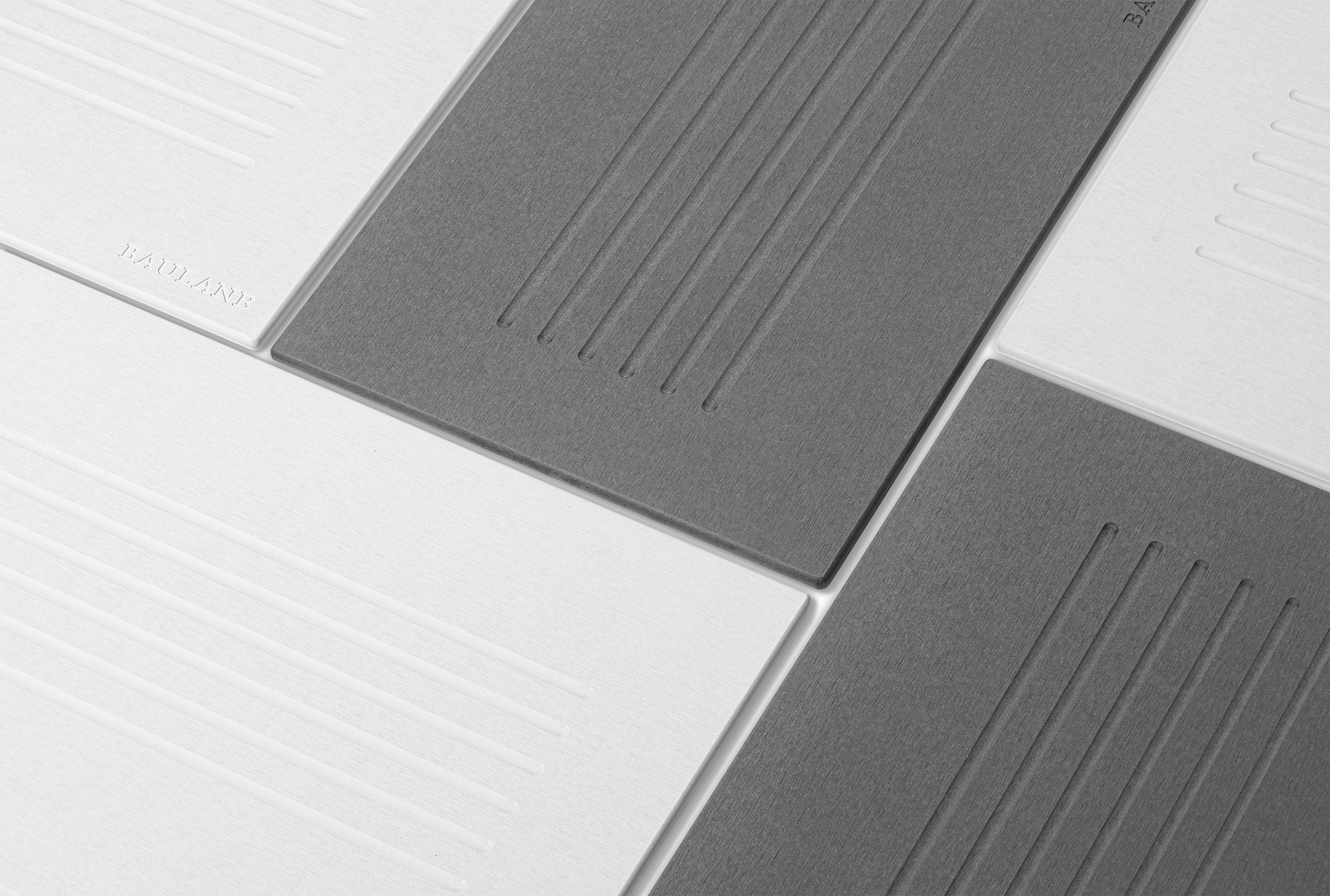
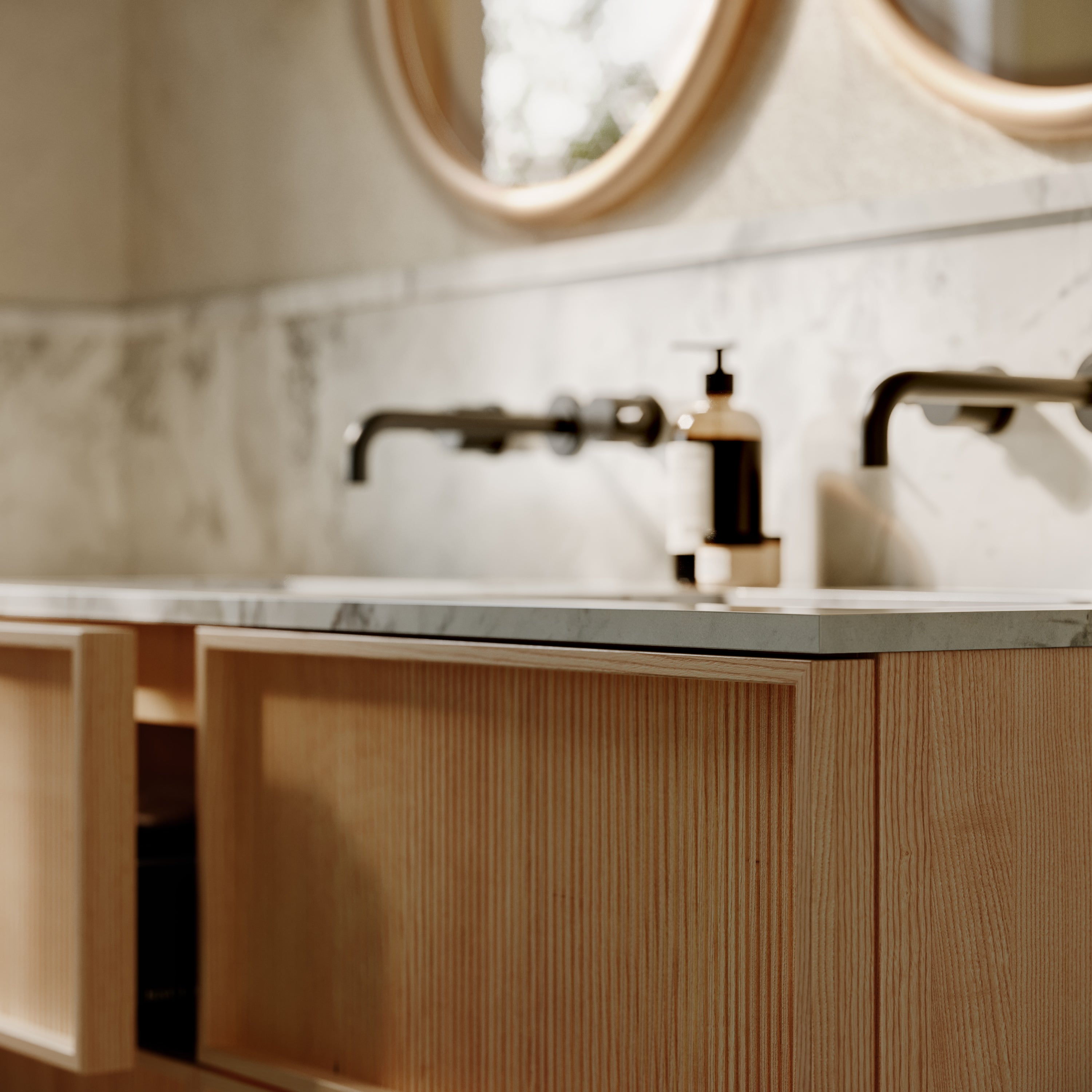
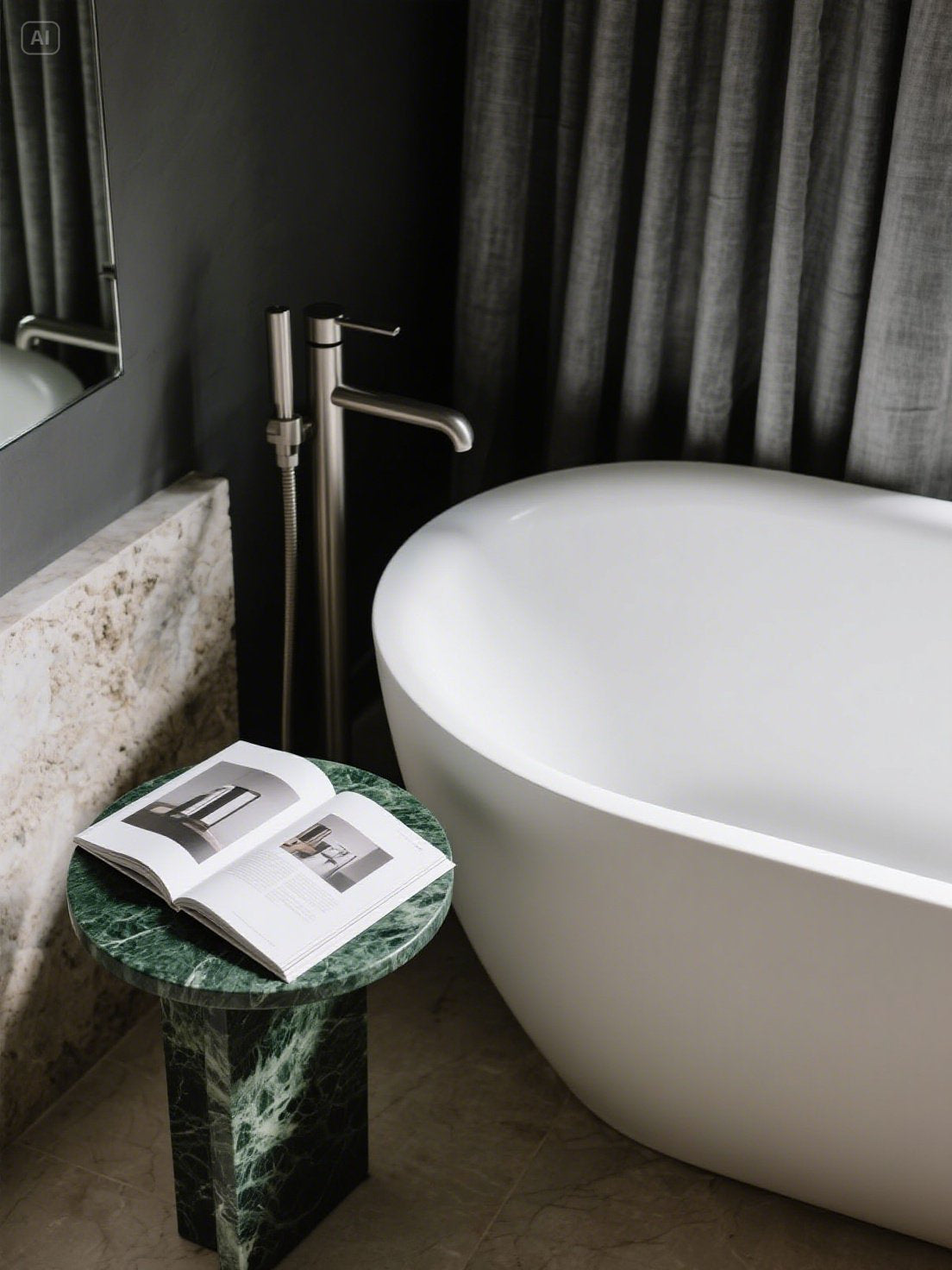
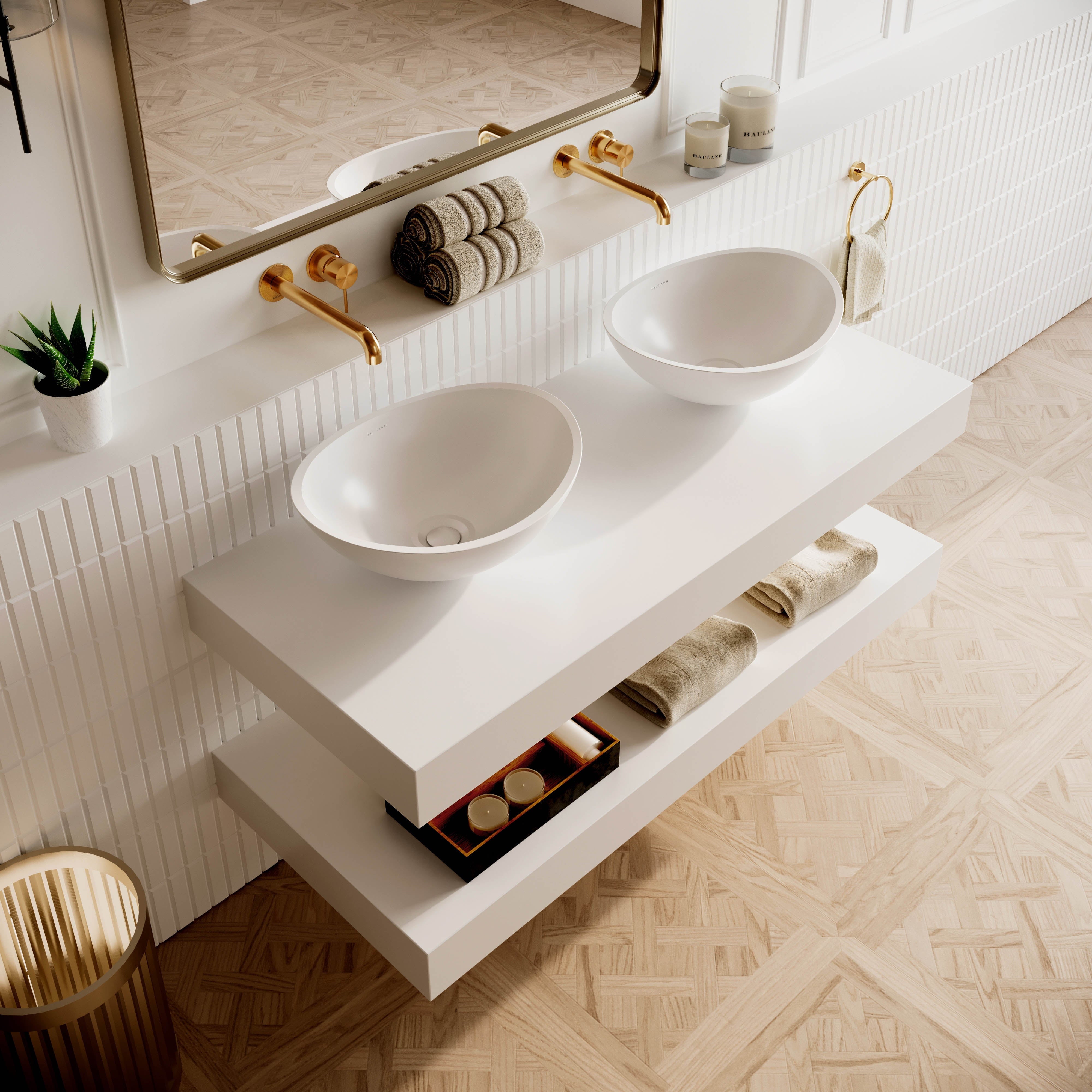

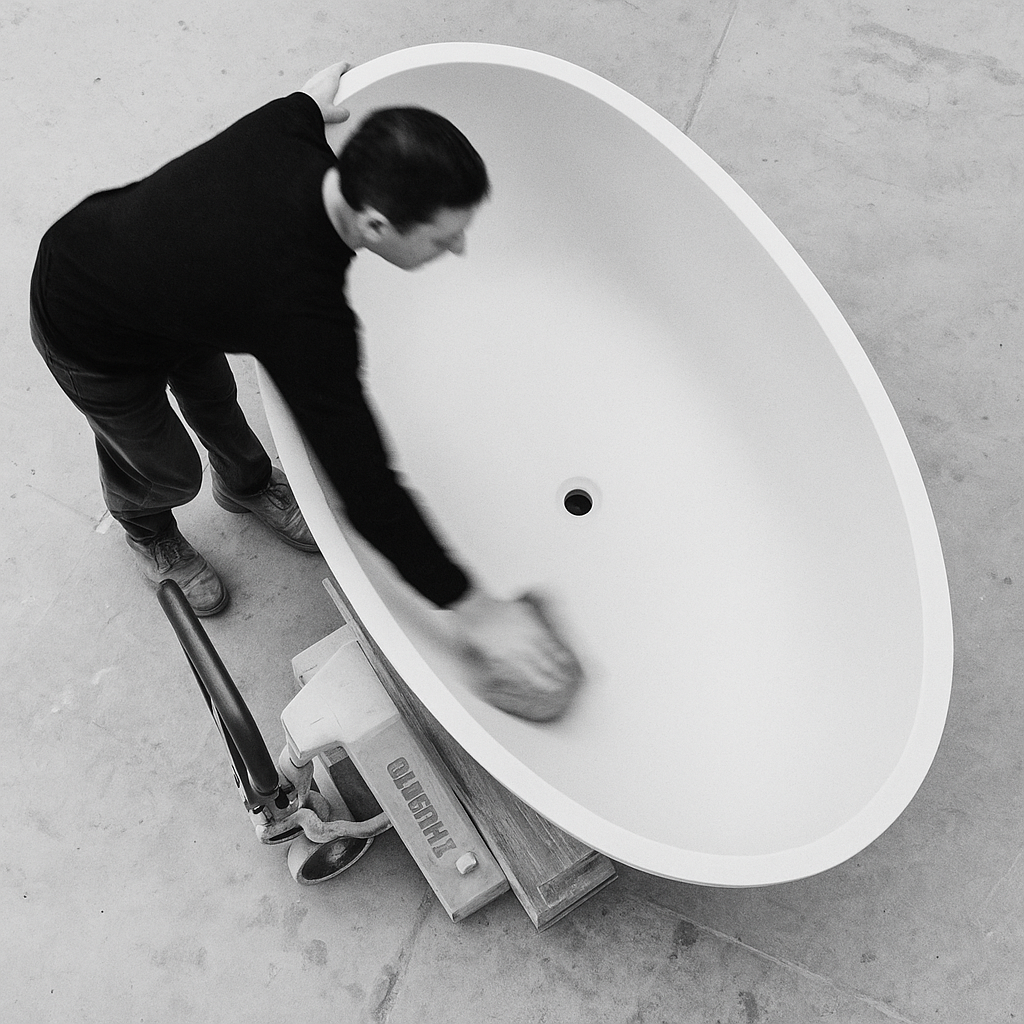

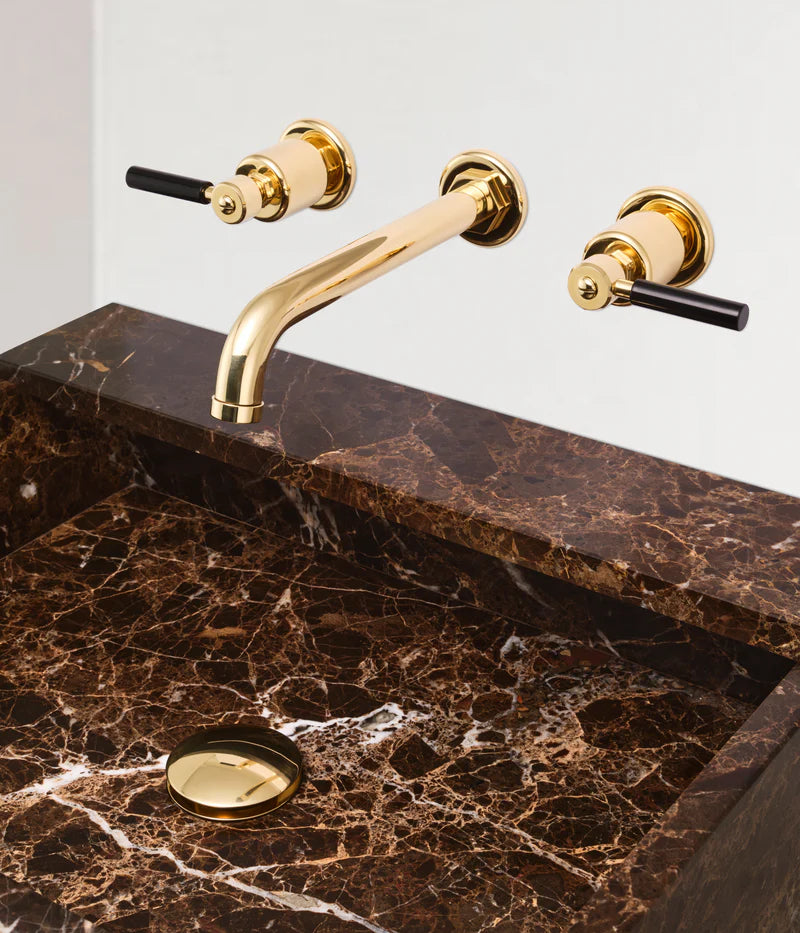
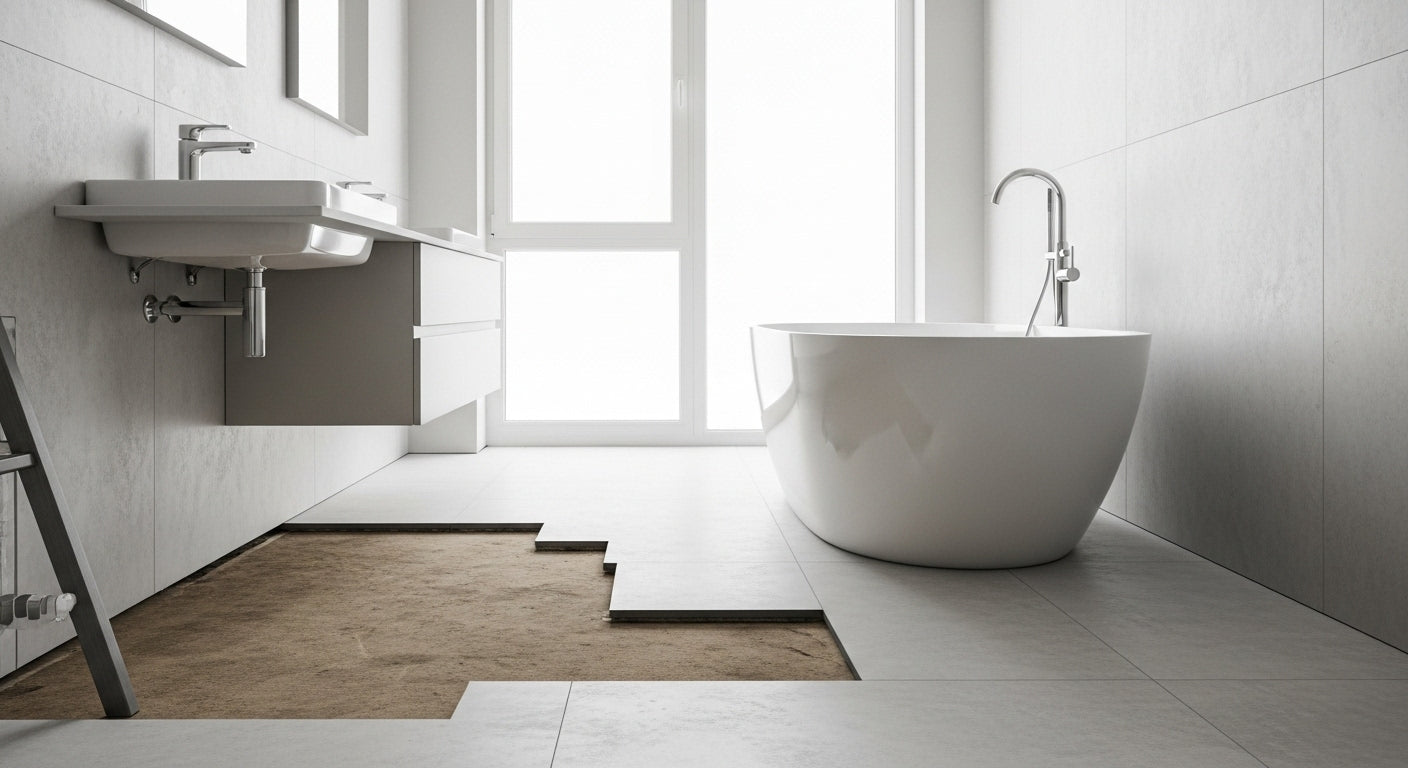



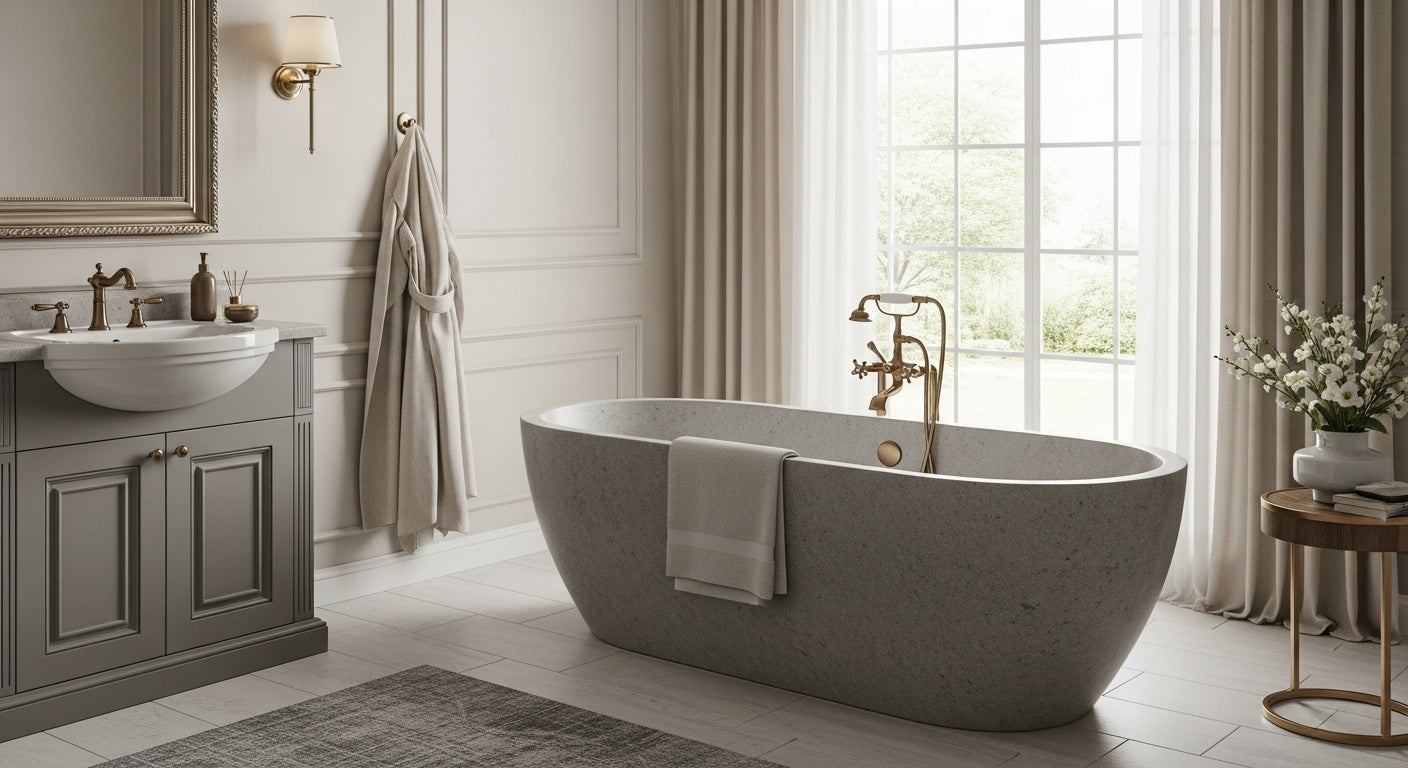
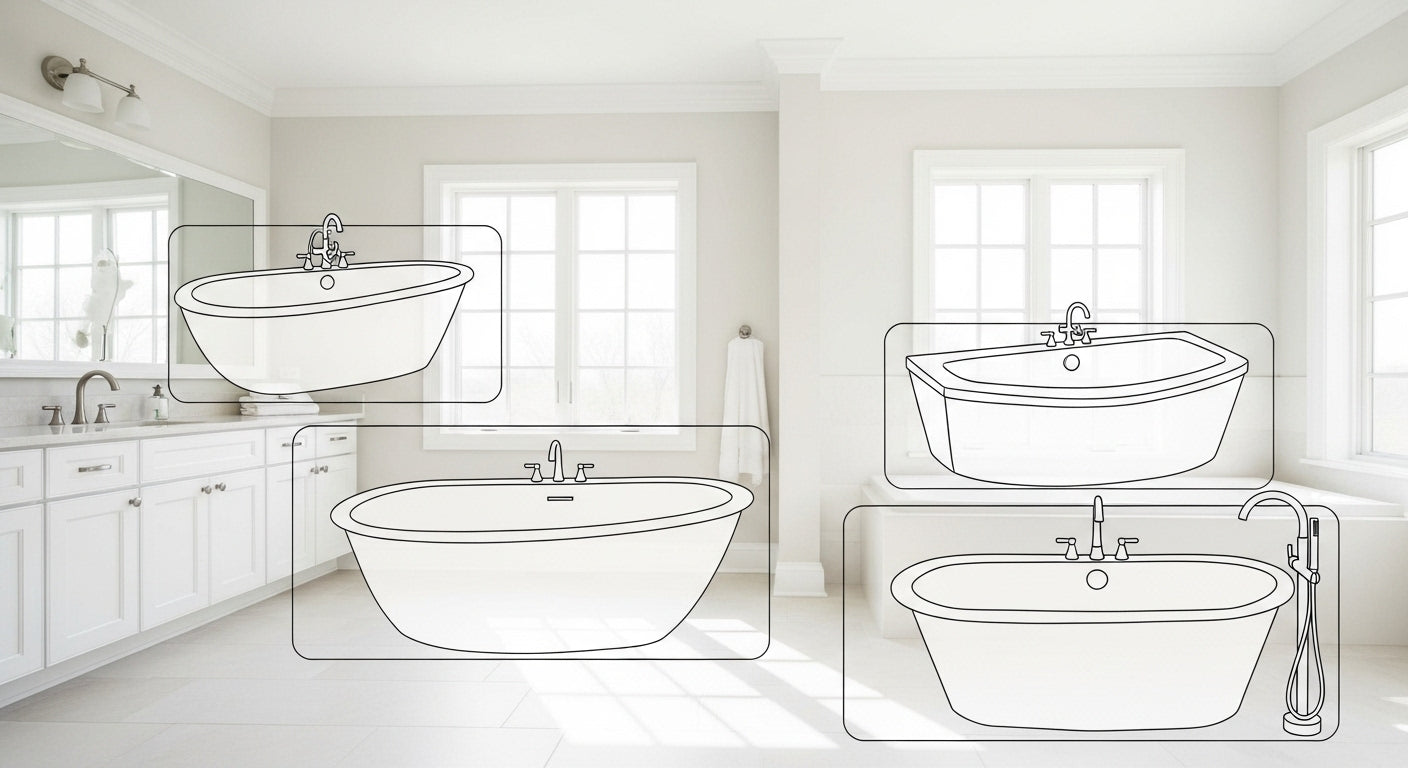
Leave a comment
All comments are moderated before being published.
This site is protected by hCaptcha and the hCaptcha Privacy Policy and Terms of Service apply.